Jump Ahead:
Day 7 | Shingu to Toba & Meoto-Iwa
Day 8 | Ise-jingu, Okage-yokocho, Toba
Final Day 9 | Mikimoto Island, Toba Aquarium
Day 7 - Shingu to Toba
Last morning in Wakayama prefecture. Breakfast at the hotel was buffet style but not that great, oh well. One of the guys from dinner the night before was hanging around the station which was kind of weird but said bye to him again. Managed to get non-reserved tickets for the 0913 train from the station window. Uneventful train ride but nice countryside as always. Noticed many people fishing in the mountain rivers w/ extra long poles on the way to Taki. Transferred trains at Taki where I noticed a huge spider making webs on my pack. Note to self…. really need to check for bugs. Trains are very local again on this side (after Taki/Sangu Line), no attendants at the stations, board and pay similar to the bus with a numbered ticket.
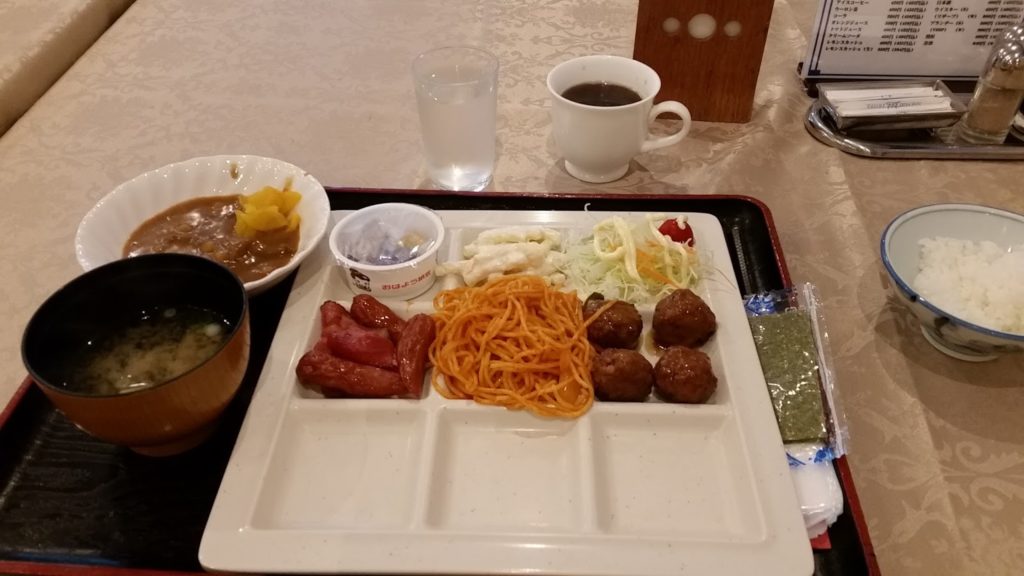
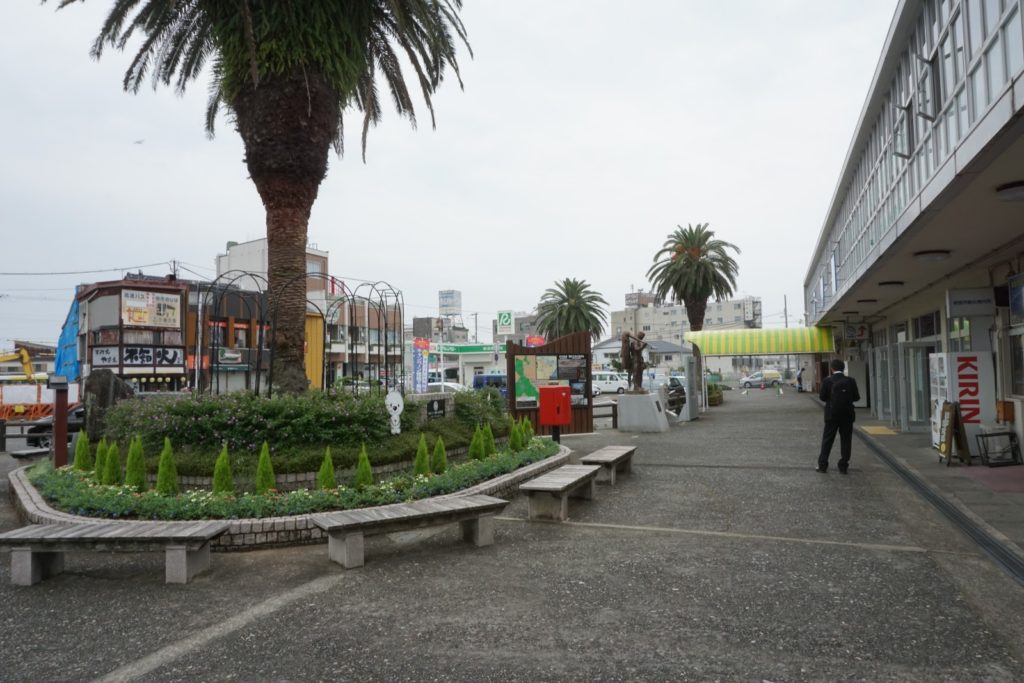
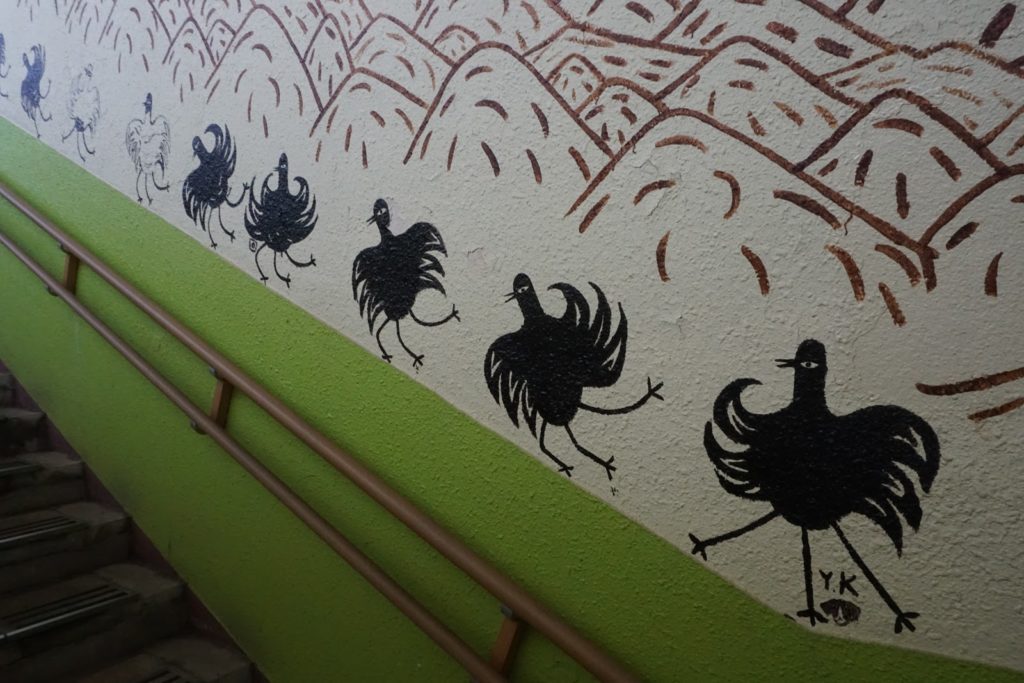
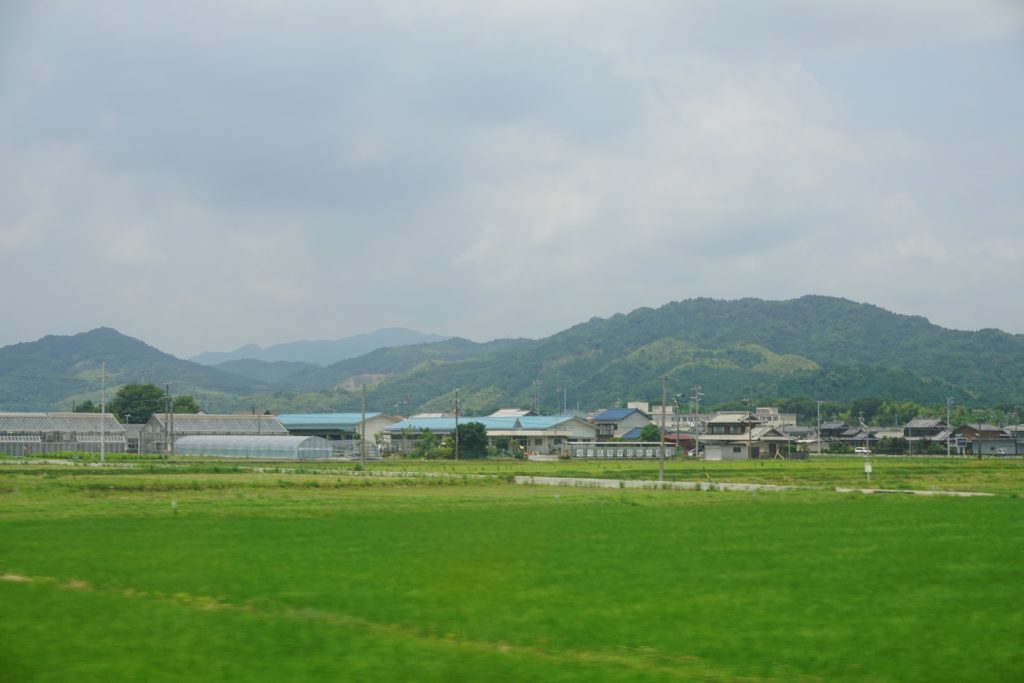
Arrived at Futaminoura about 3 hours after leaving Shingu. Surprisingly small stations and no locker at Futaminoura. Walked to Meoto Iwa, which I guessed was the “touristy” thing to see in this area. No English anywhere in town and the experience overall was just so-so. Lots of frog statues at Futami Okitama Shrine, which (if I remember correctly), help bring back loved ones from far away. Meoto-Iwa on the other hand, are a couple of large rocks in the ocean, joined together by a large shimenawa. This represents the union of Izanagi and Izanami and many couples come here to wish for a happy and prosperous marriage (it’s also a great photo spot at dawn).
More info here:
https://en.wikipedia.org/wiki/Meoto_Iwa


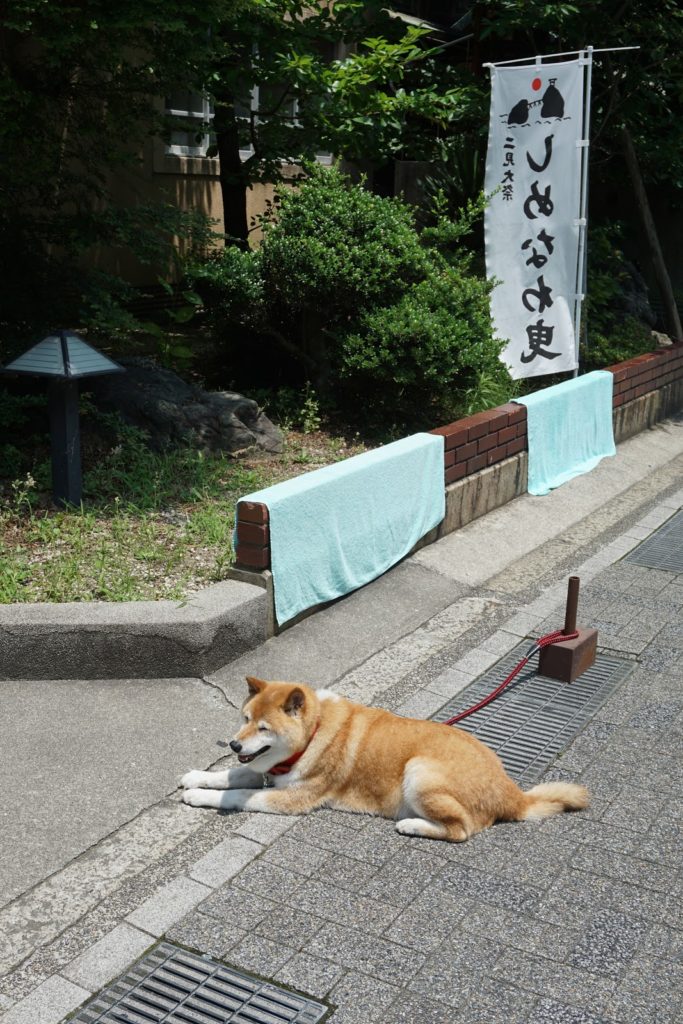

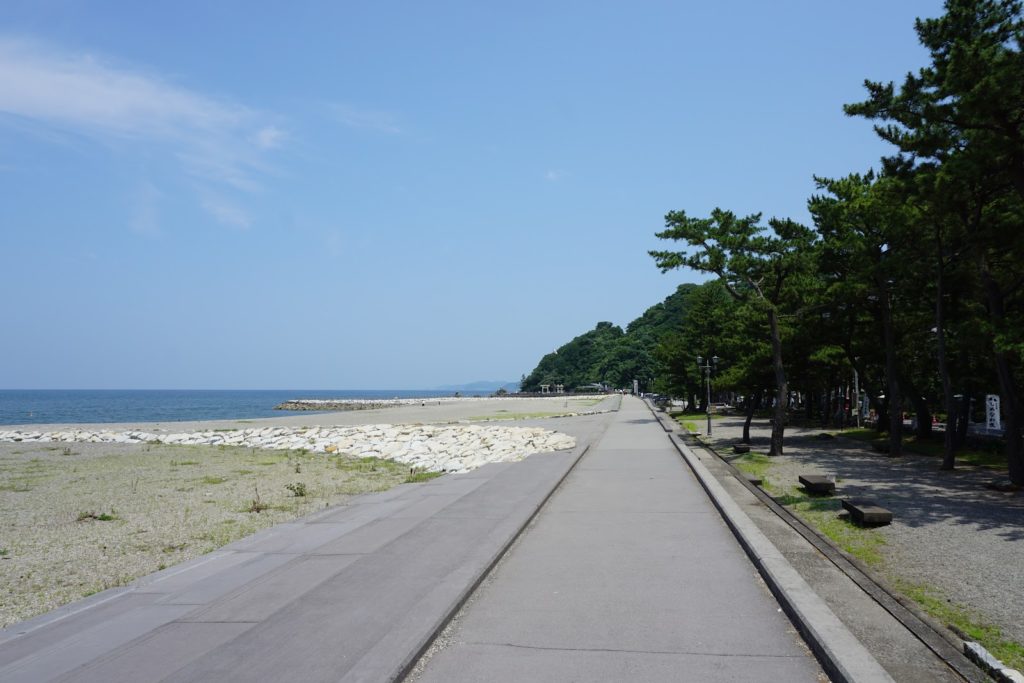
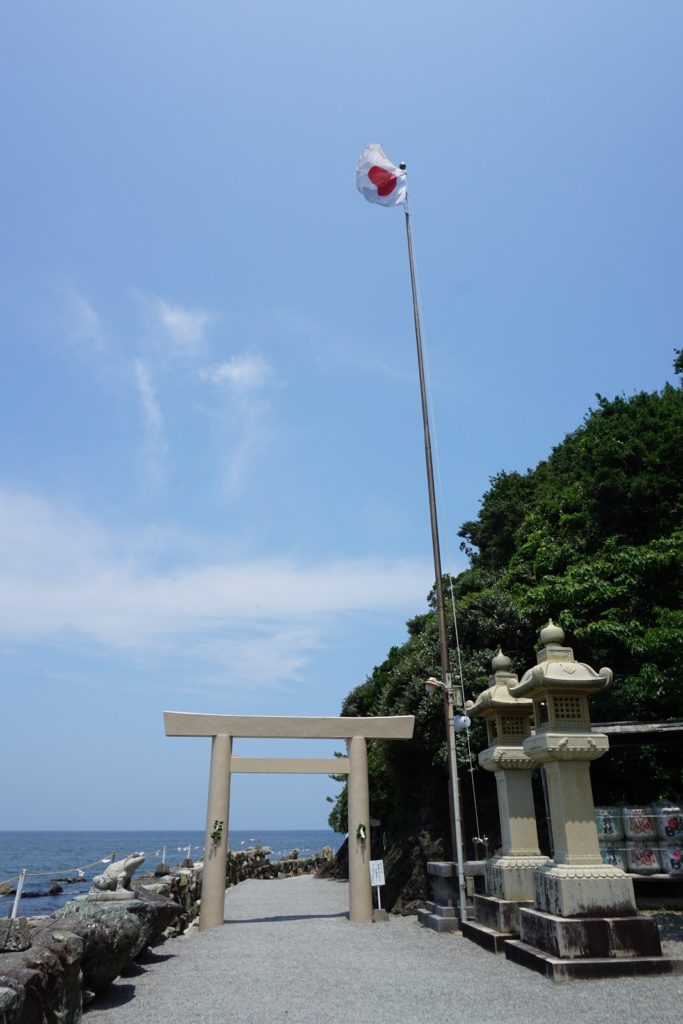
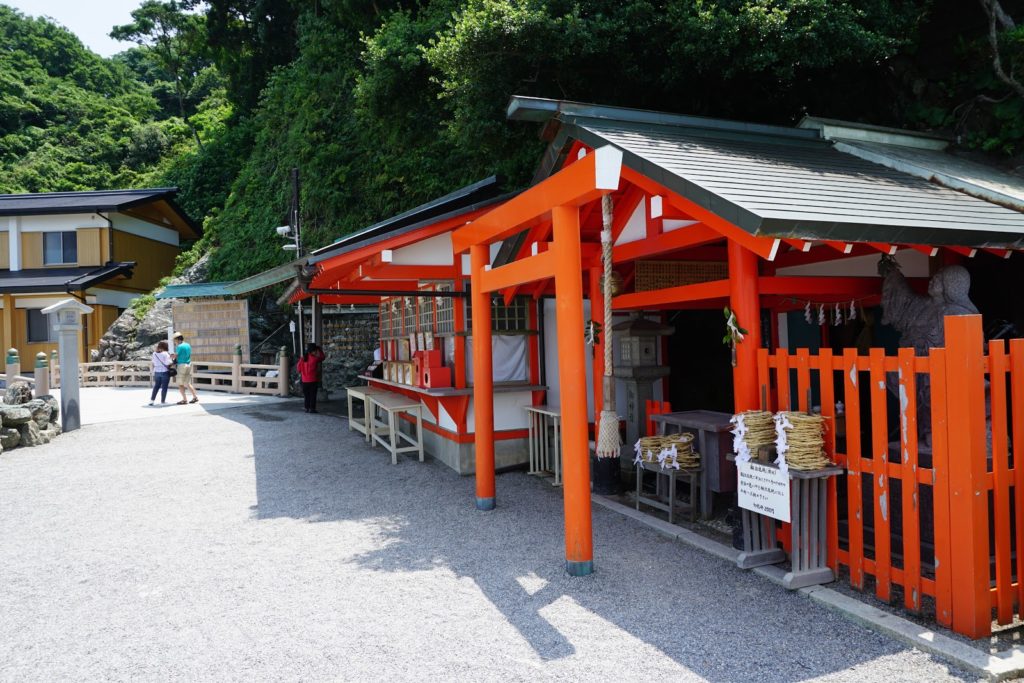
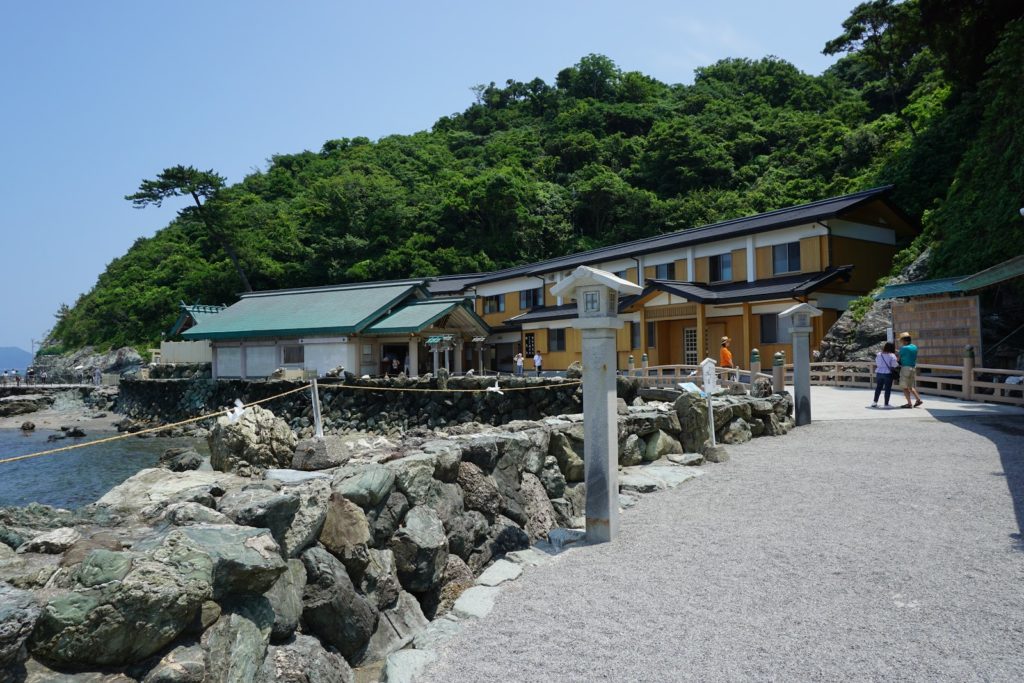
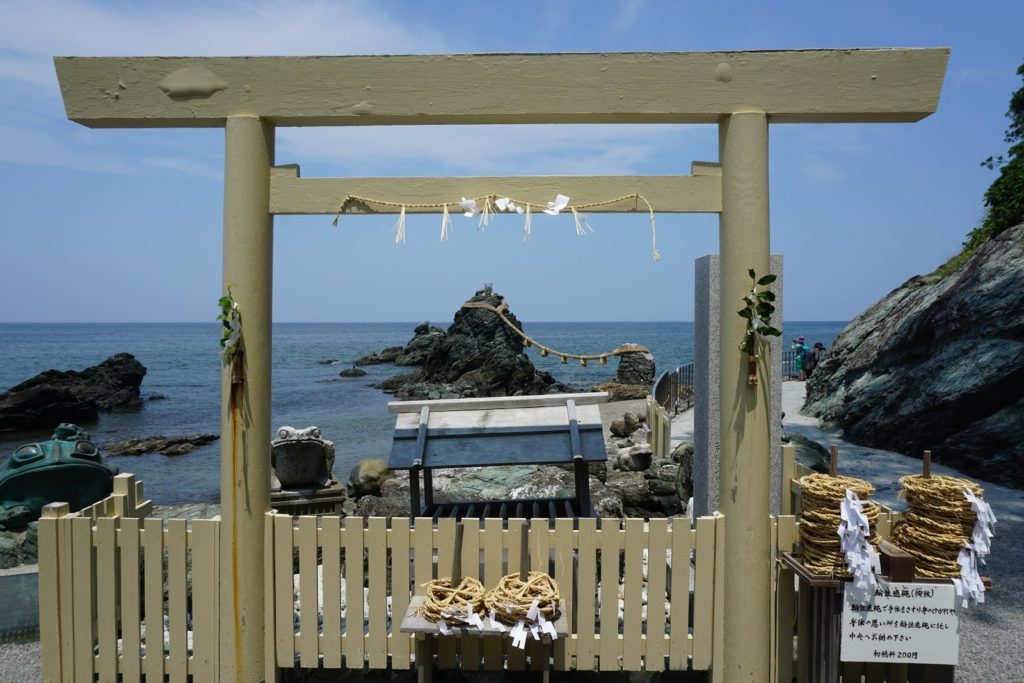
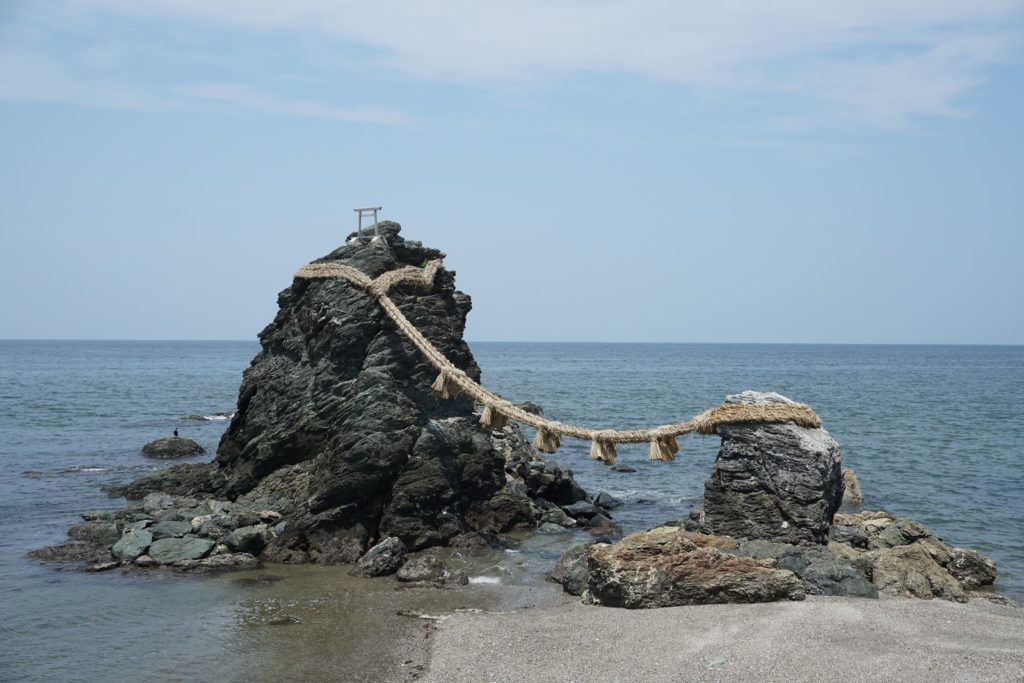
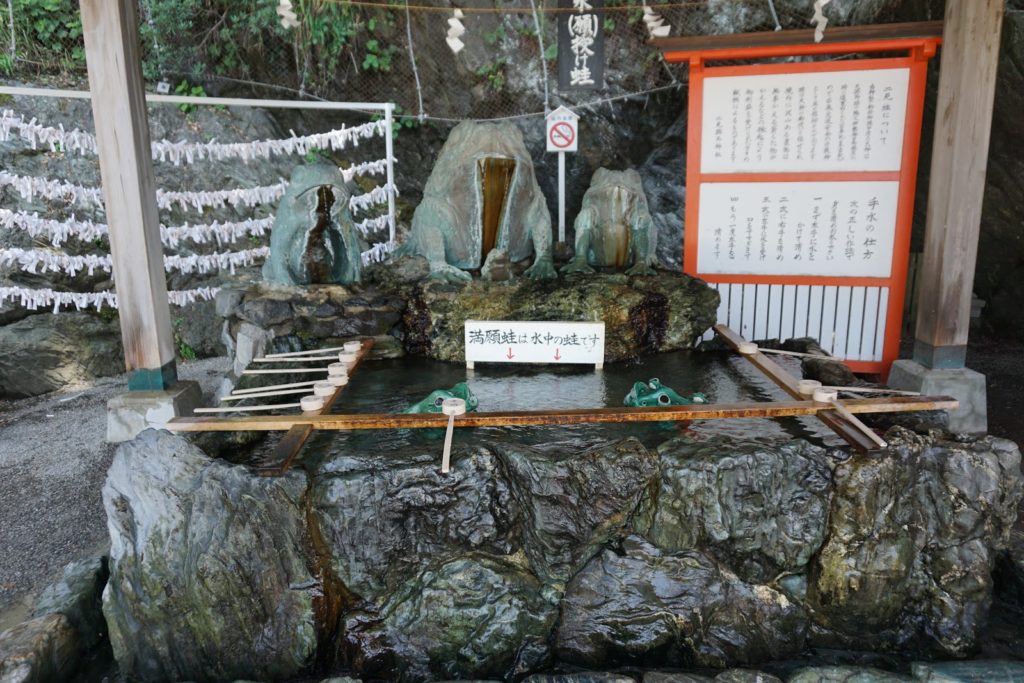
After Meoto Iwa, had a very seafood-y lunch near the shrine area with a somewhat rude waitress lady. I thought this was a touristy place? Then again, I guess there’s a difference between Japanese tourist place and a more international tourist place I guess.
Note: Hard to find ATM’s and don’t think I’ve seen a single 7/11 conbini on this trip so far.
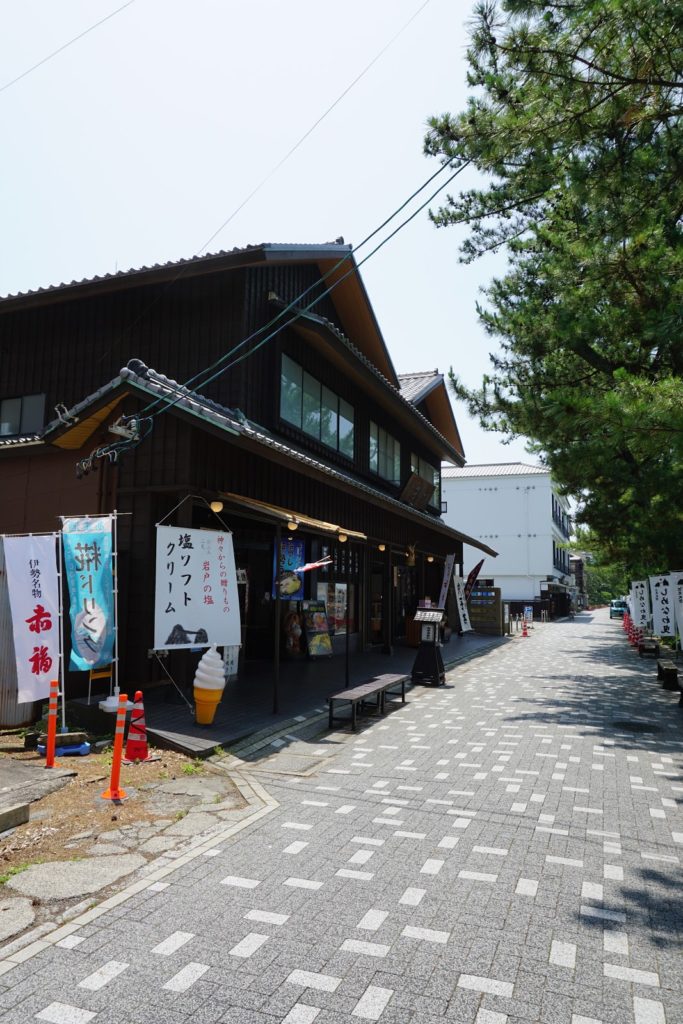
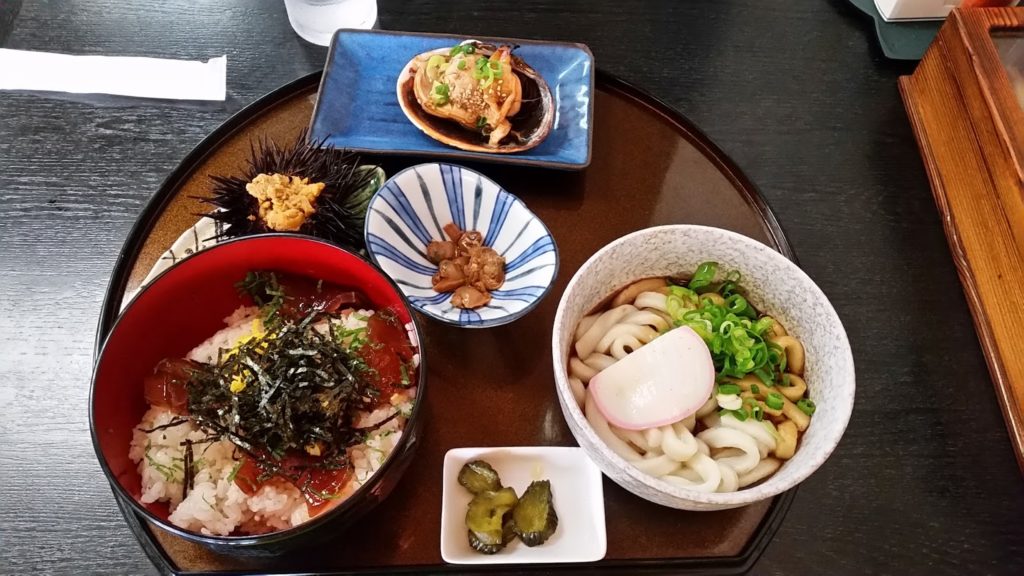
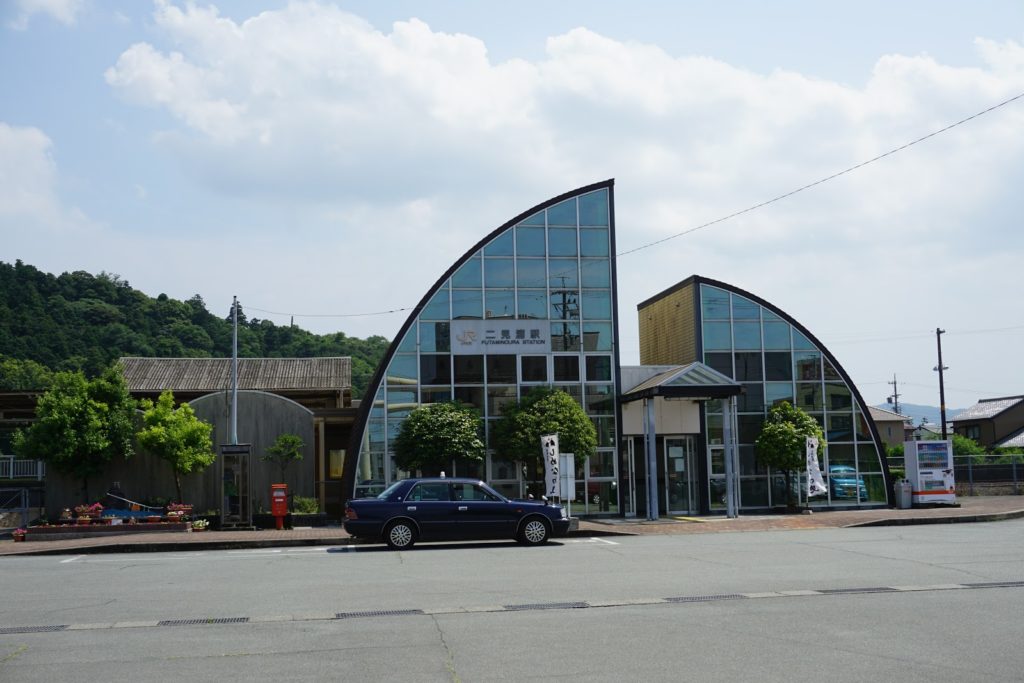
Got back on the 1352 train at Futaminoura to go to my final accommodation in Toba, just a few stops down the line. Lots of omiyage shops at Toba Station. My hotel, Kinpokan, is so old looking/feeling. Reason for picking it though was based primarily on location (right next to the station) and price/availability at the time. It didn’t (and still doesn’t) seem worth staying at a place farther from the station. Water has hard time making it to 6th floor though hehe.
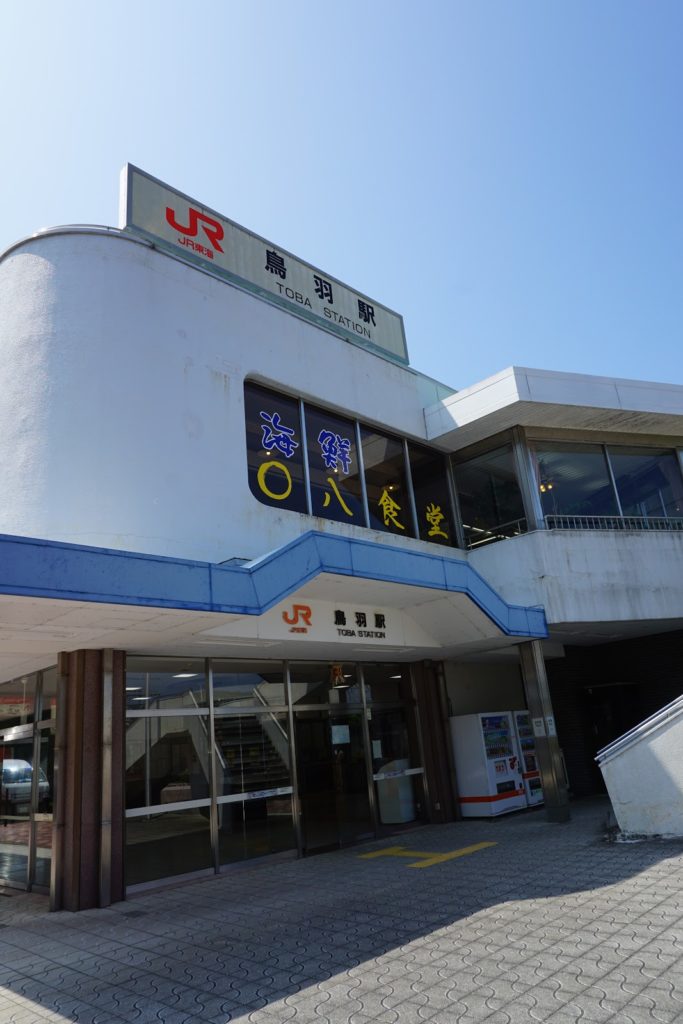
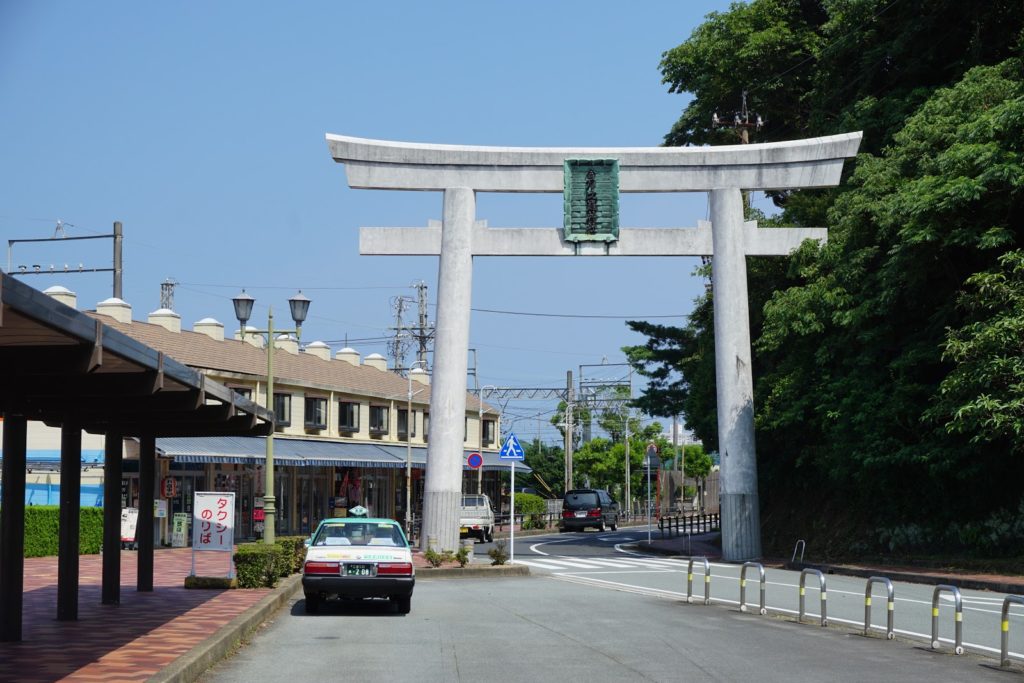



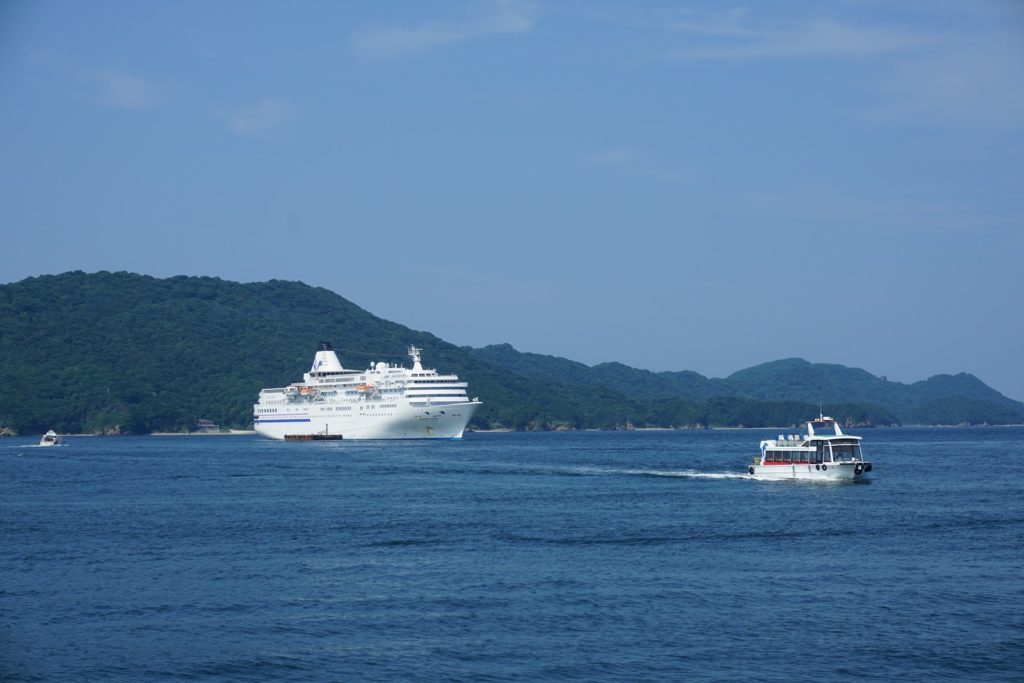
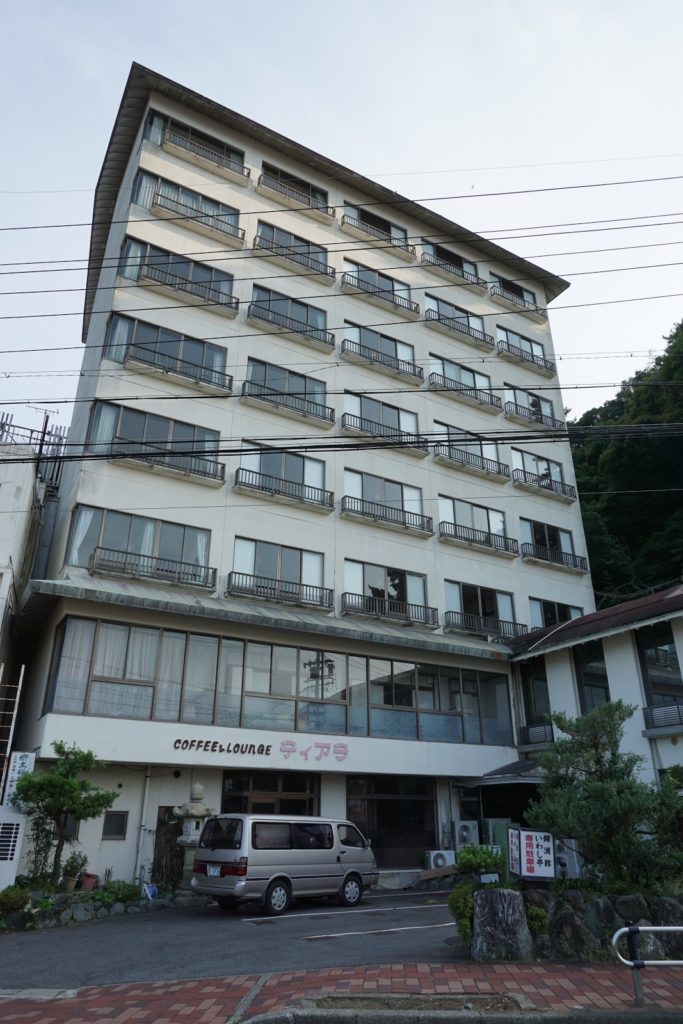
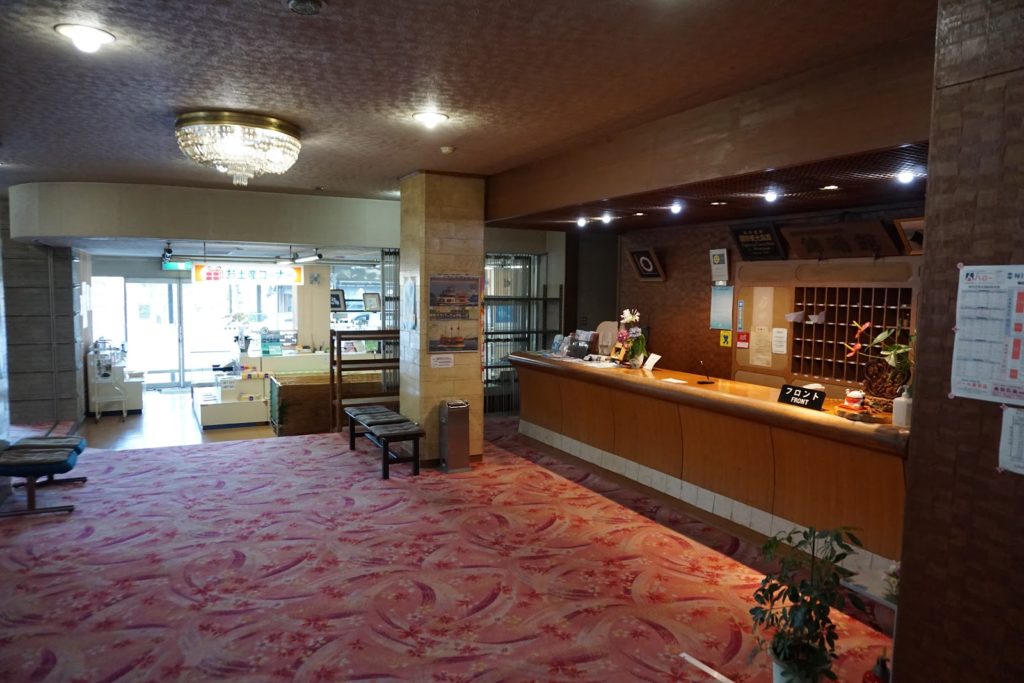
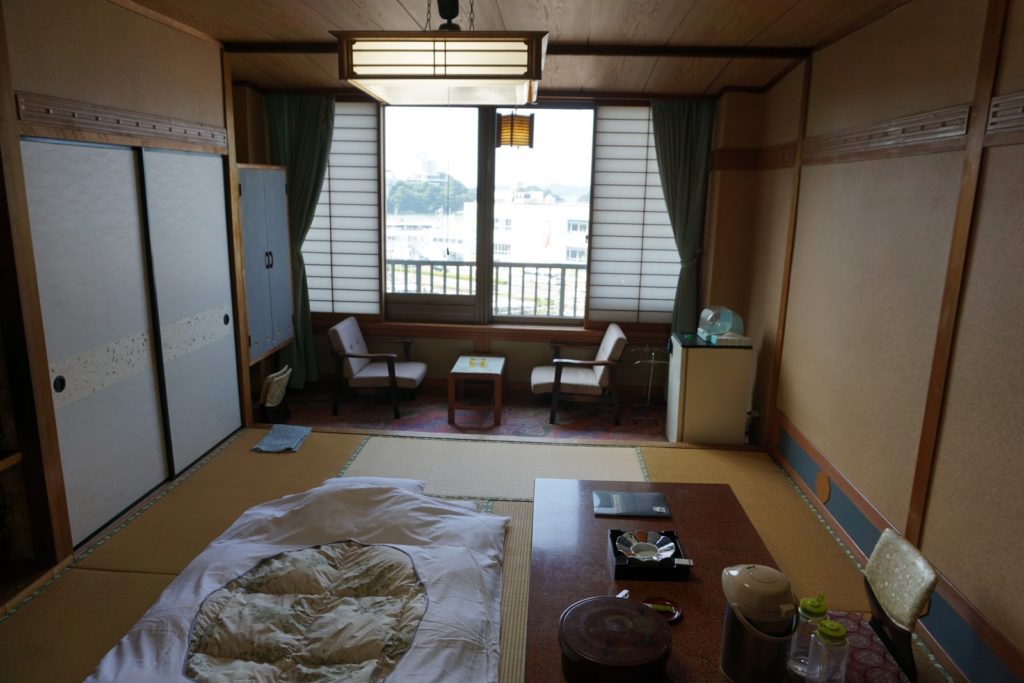
Sweets shop right next to the hotel had great shave ice w/ tea set. This is a famous shop in the area which I believe is called Akafuku, originally from Ise area. The akafuku mochi really is unique and SUPER DELICIOUS!!! I didn’t realize this at first so I was surprised to find the azuki and mochi inside too. Dare I say this is the best shave ice I’ve ever had?!
More info here:
http://www.akafuku.co.jp/global/english/
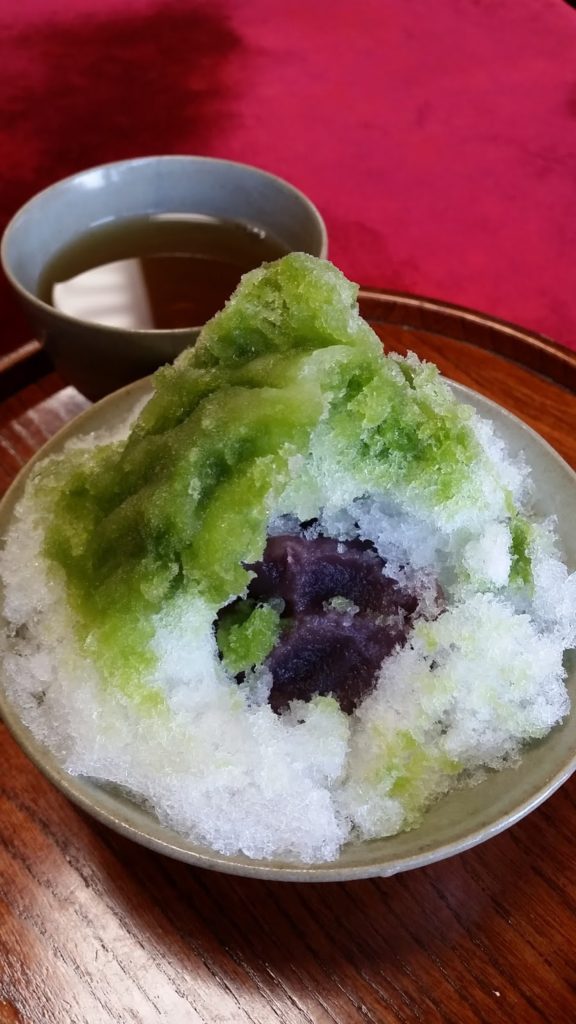
After shave ice, walked through other parts of town and along the waterfront. Many places closed at 5pm (early)… even places in the station area. Not much else to do around here I guess. Lots of pearl shops and seafood restaurants though.
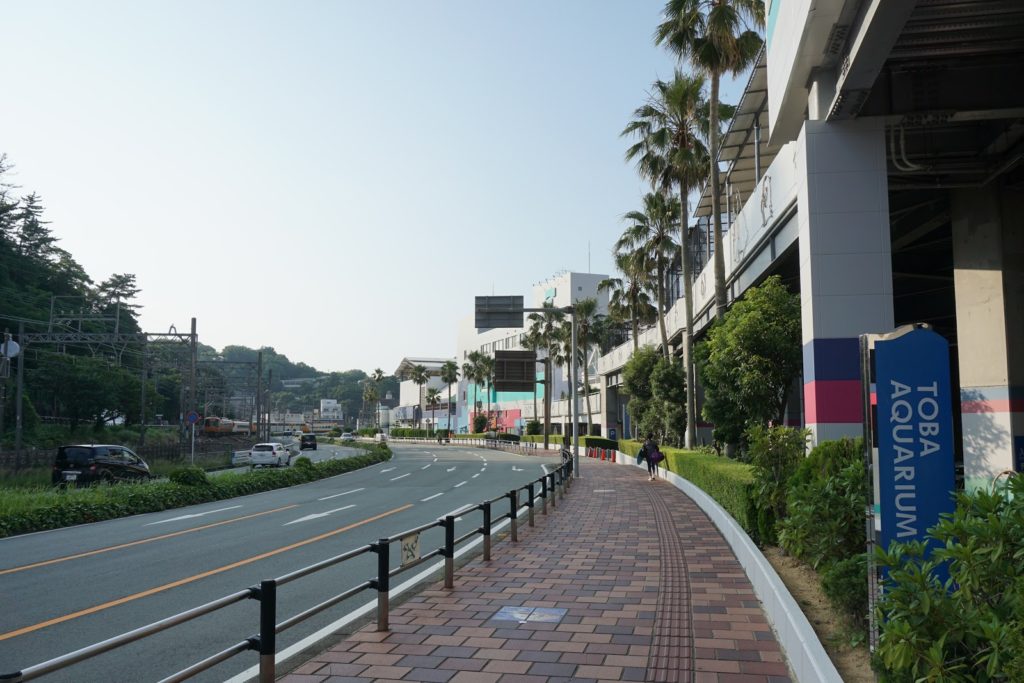
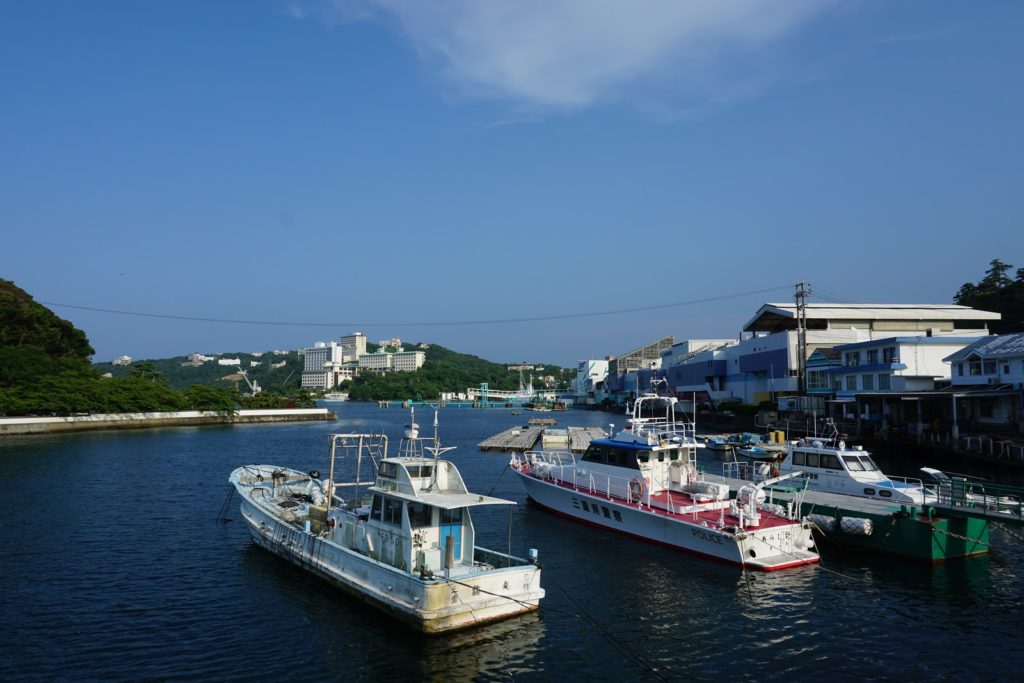

Day 8 - Ise
Having breakfast in the room was a first and kind of makes up for it being such an old hotel. Fish makes the whole room smell though (have to open window) and dealing with bones so early in the morning… bleh. Lady who brought the breakfast to the room was nice enough to fill my water bottles with ice water.
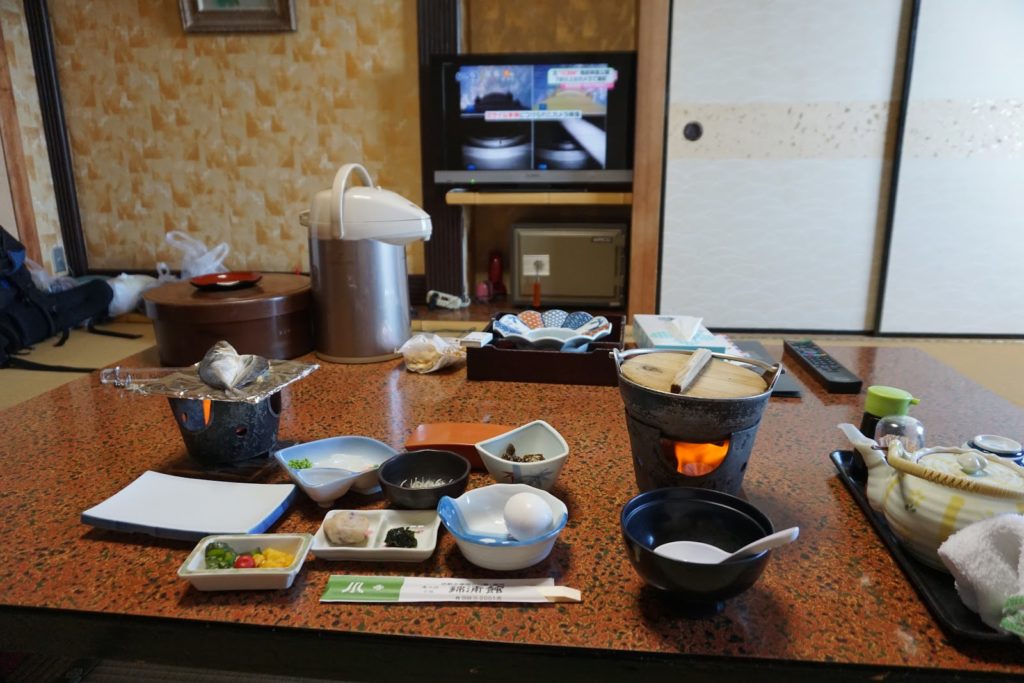
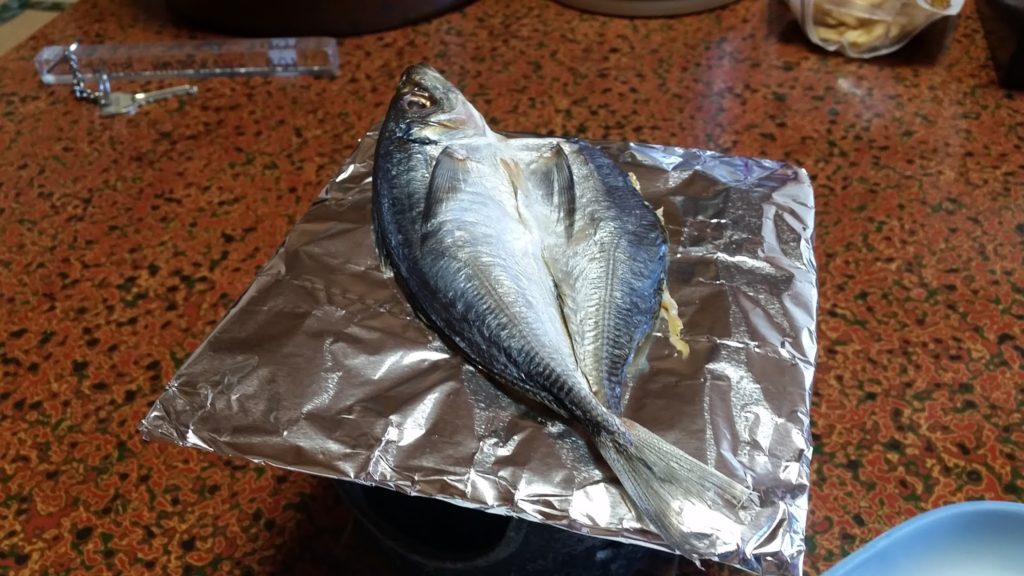
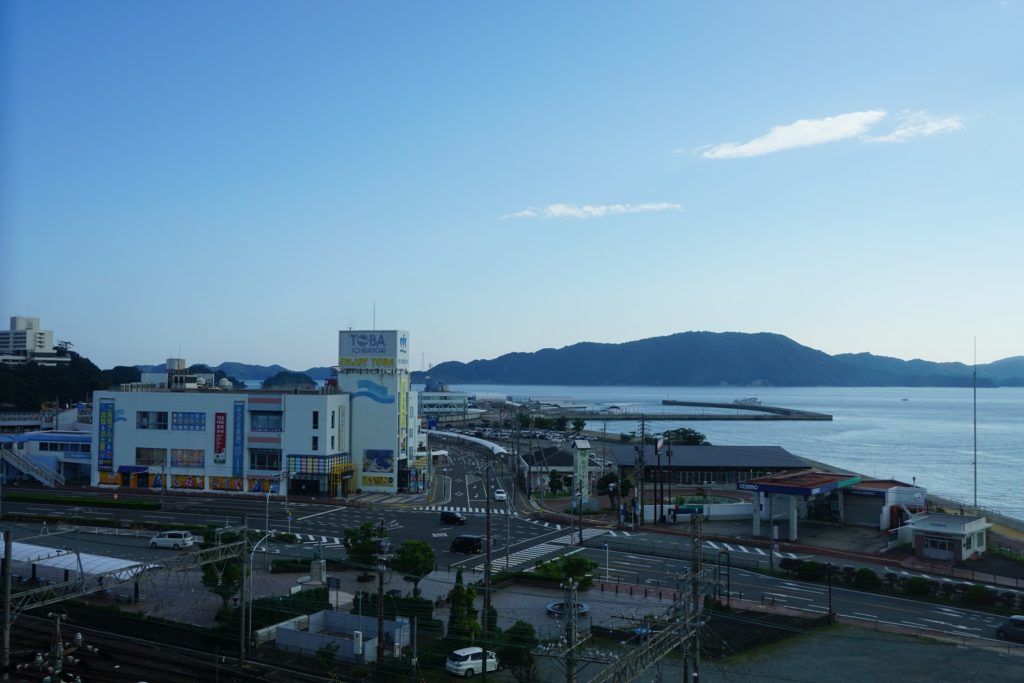
Met w/ Marie at Iseshi Station 0930… nice little reunion hehe. Short walk to Toyouke Daijingu or otherwise known as Geku (Outer Shrine area). No info signs in English at all and barely any in Japanese too so I had to google for information. Geku catered to the Sun Goddess Amaterasu as the provider of companionship and sacred foods.
Main website:
http://www.isejingu.or.jp/en/about/index.html
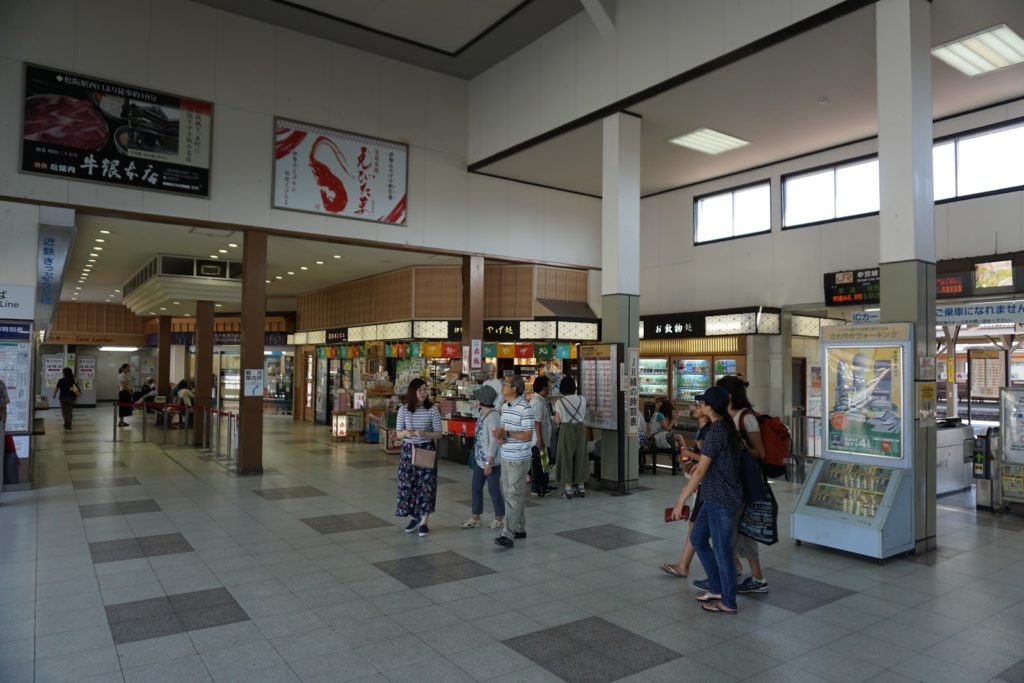


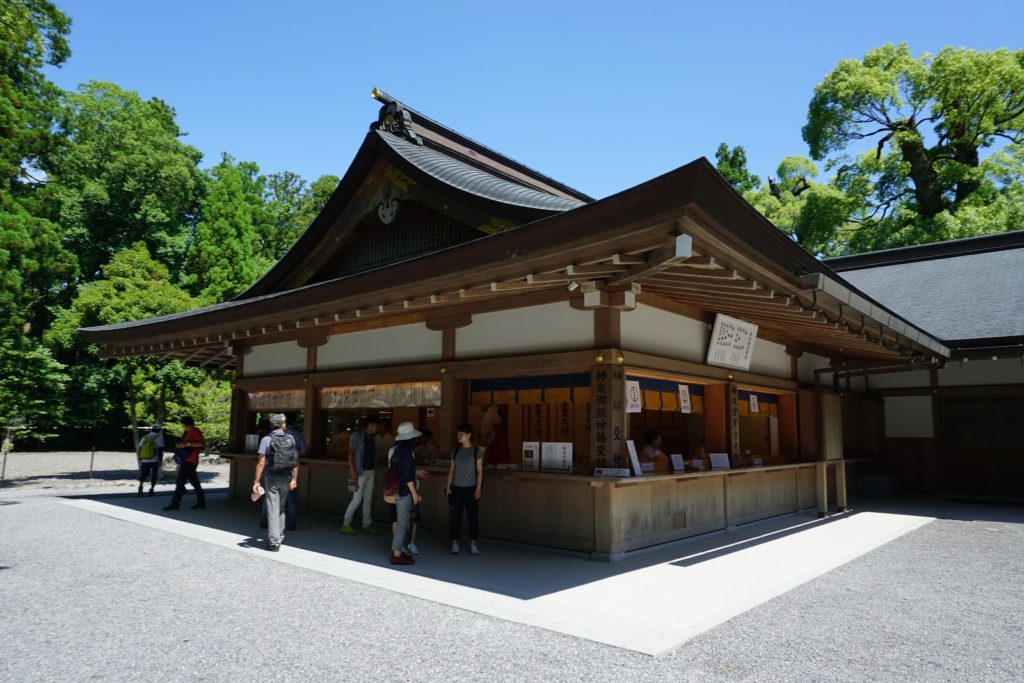

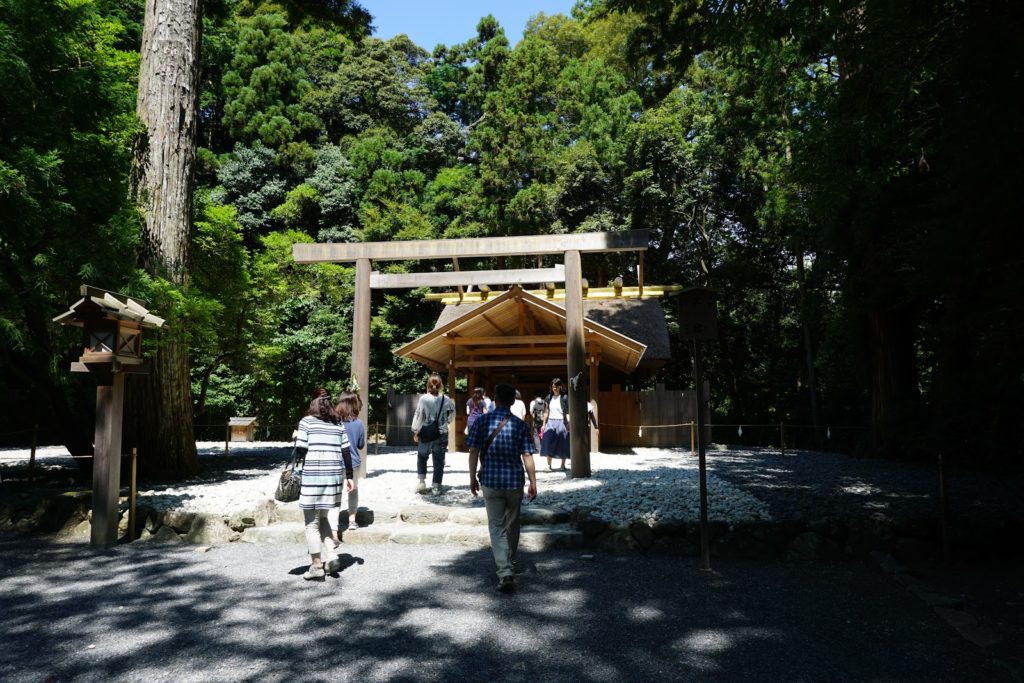
We then caught the bus to Naiku (Inner Shrine area). Good signs at the bus stops here at least. It was really hot with the real feel being around 36 degrees. Naiku, or the Inner Shrine, is considered to be the most sacred shrine in all of Japan and the Sun Goddess Amaterasu is said to be the most respected deity. Keeping that in mind, we walked through the larger Inner Shrine grounds for about an hour and then paid our respects at the main sanctuary. I guess you could say visiting this place during the same week as the Kumano Grand Shrines made for a relatively spiritual trip hehe
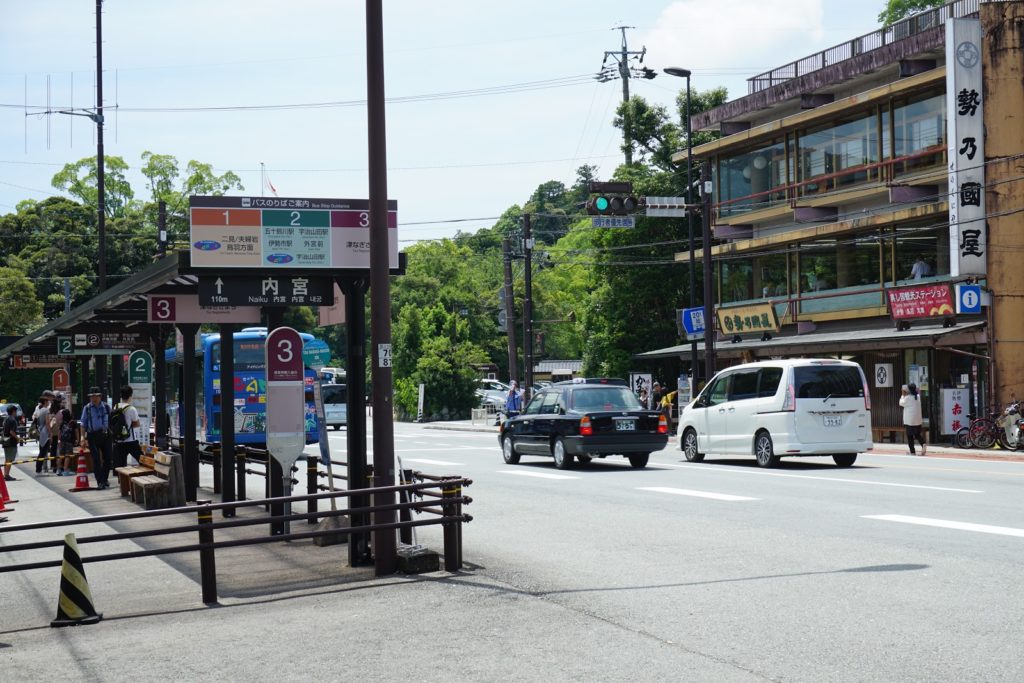

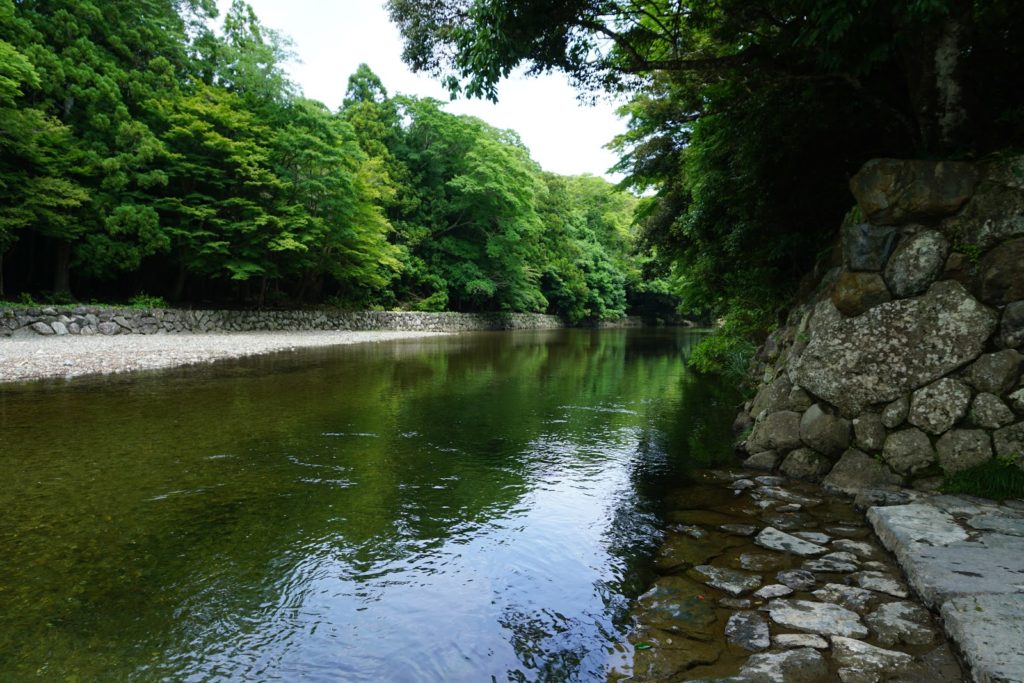

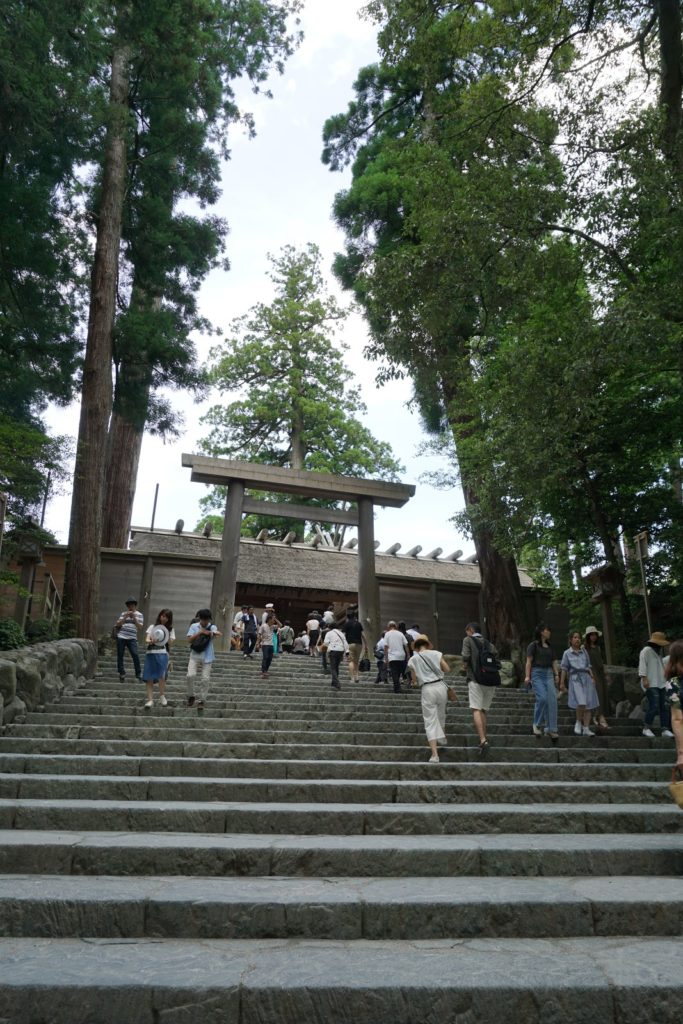

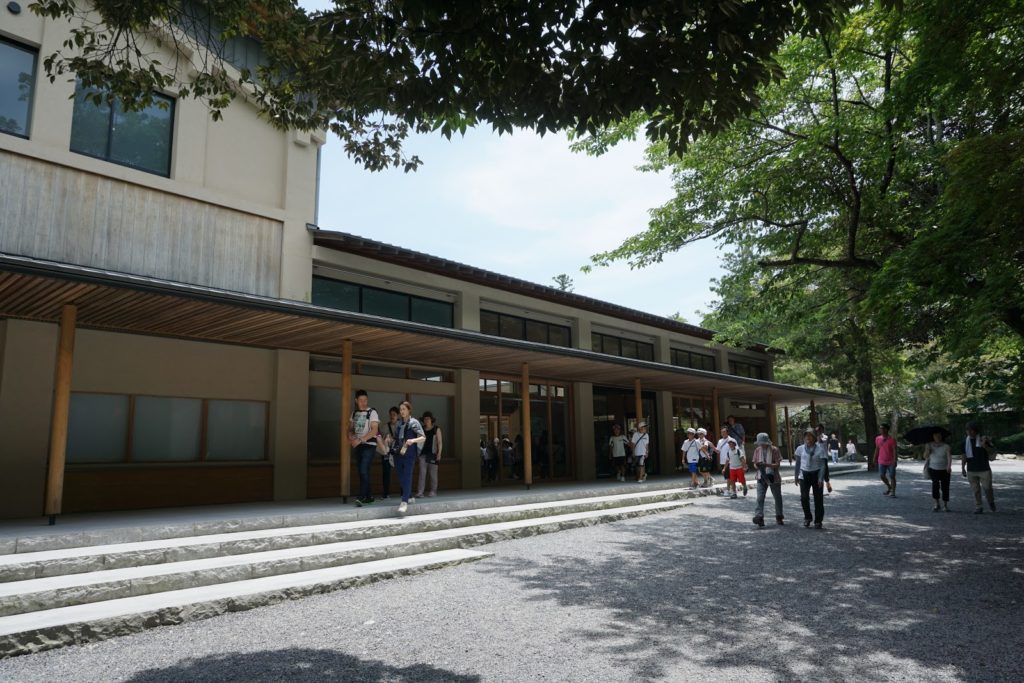
Then went out to the popular shopping street area, Okage-yokocho. Tried A5 Matsusaka beef on a stick (¥800 each, yikes), more chewy than I expected but still very good. Wasn’t a full course meal or anything but at least we can say we tried. Walking through the crowded shopping street there were many old fashioned buildings, lot of sweets, fishcake, omiyage, etc.
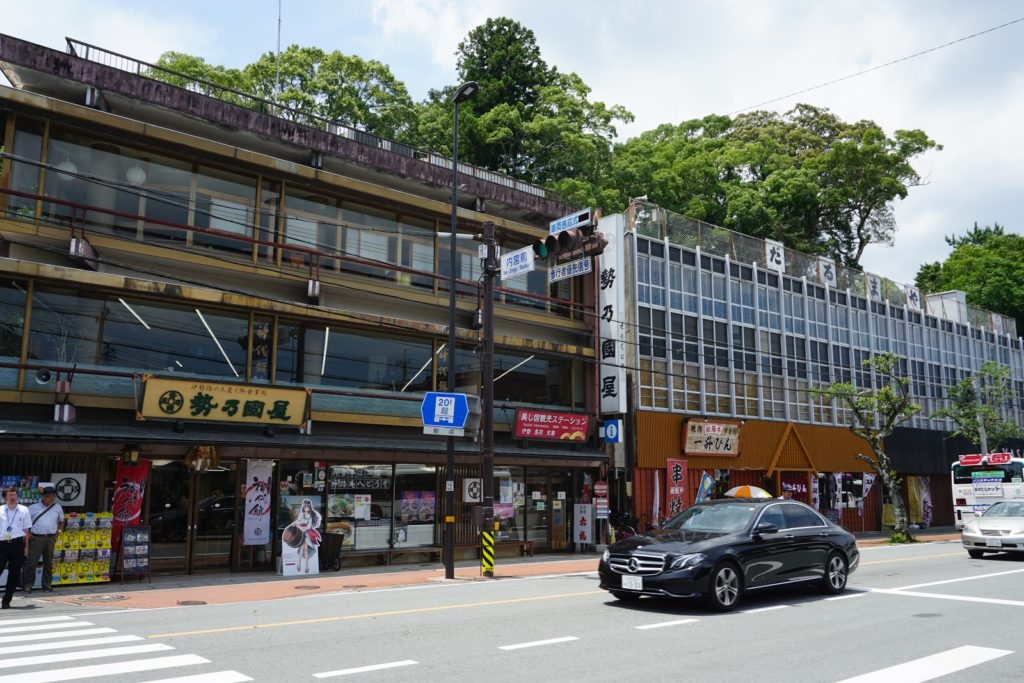
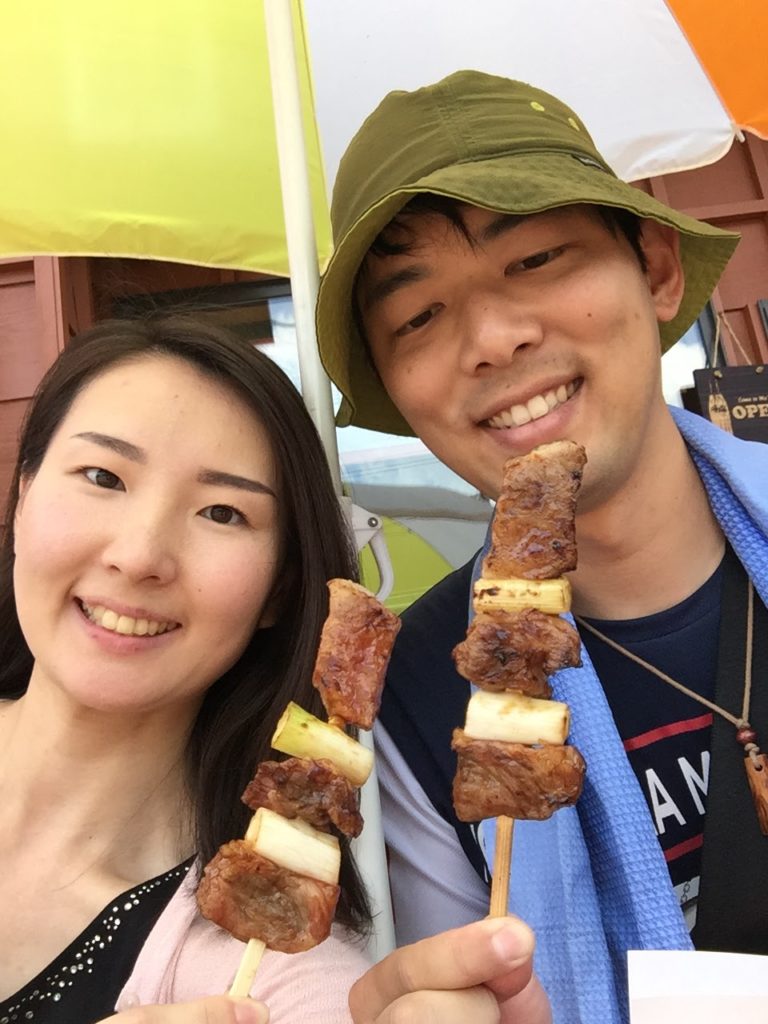

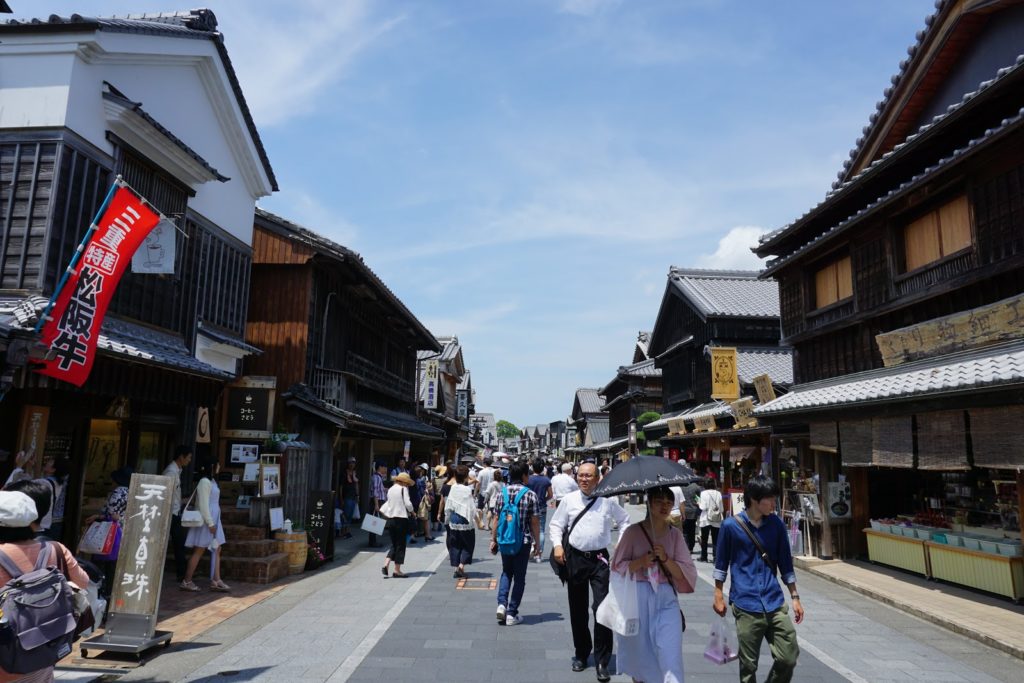

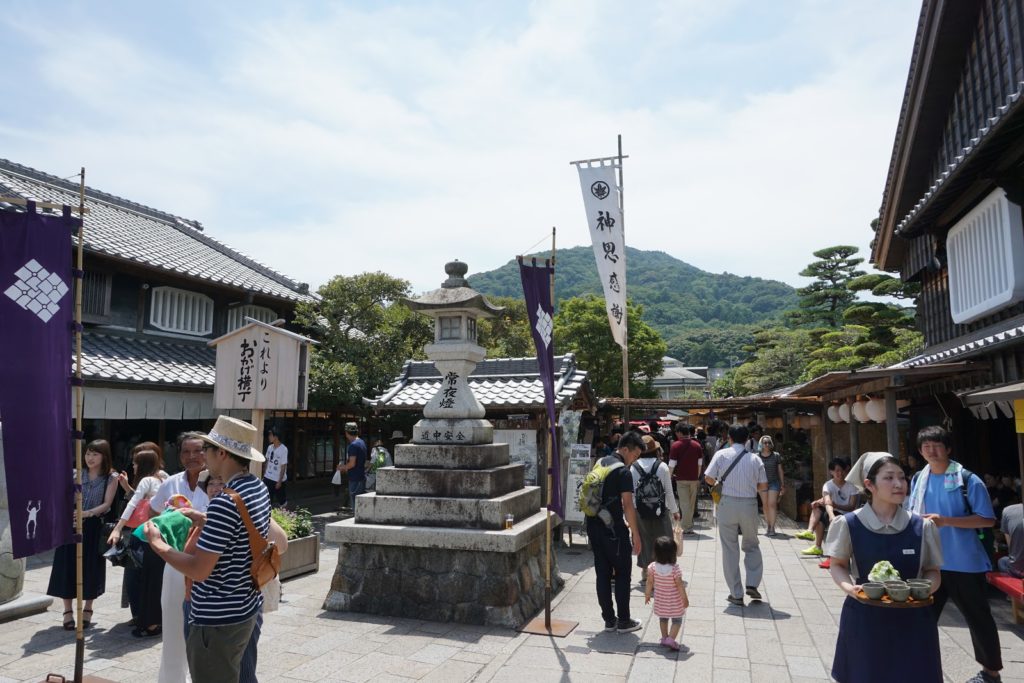
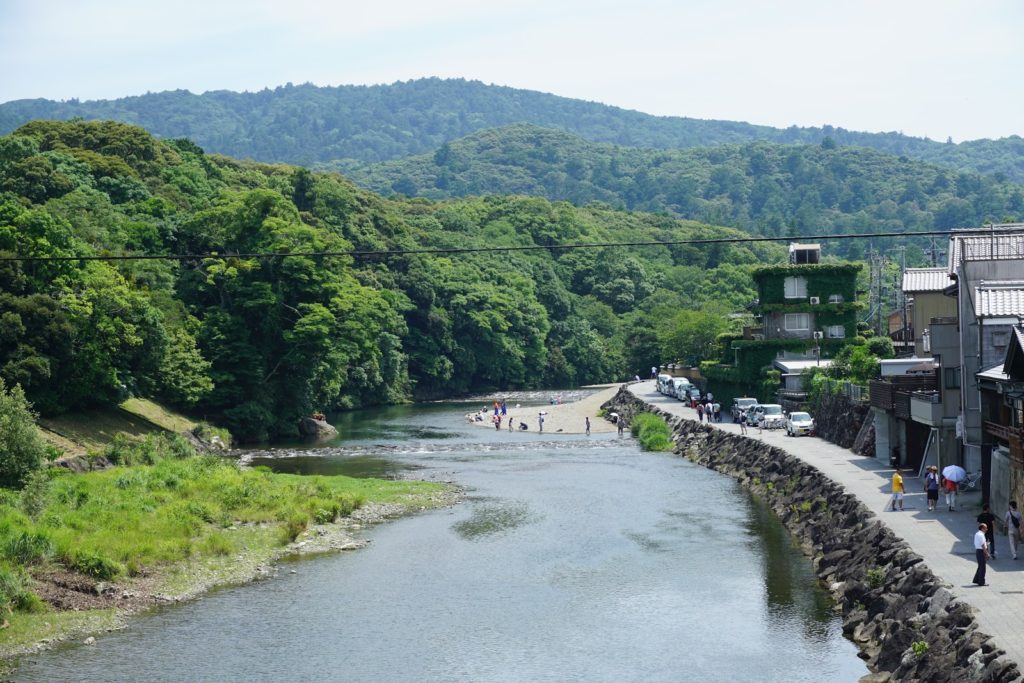
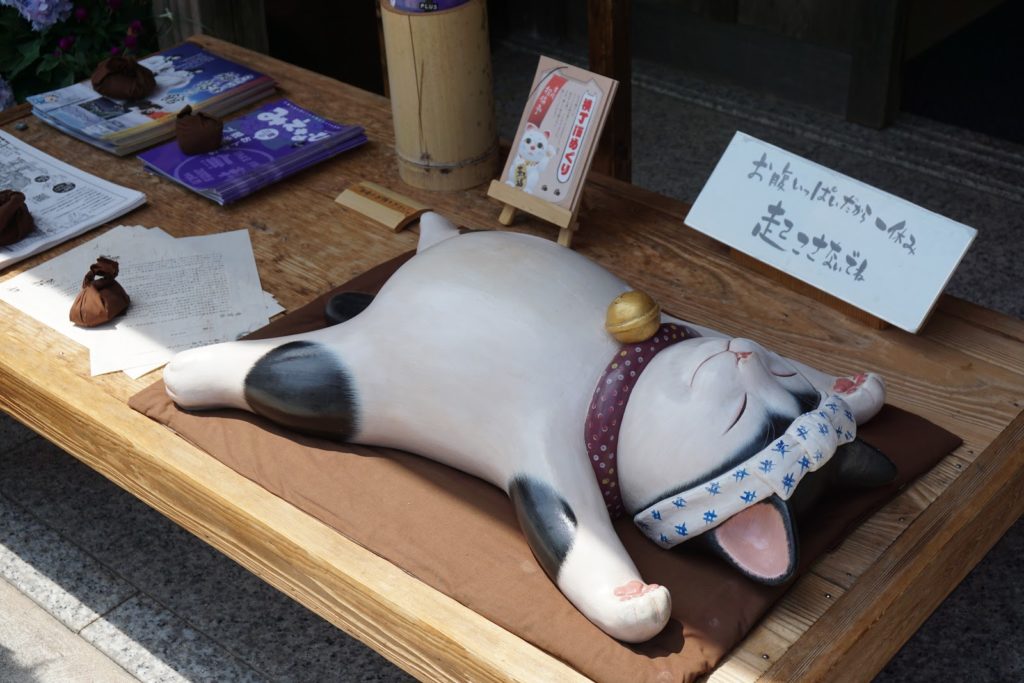
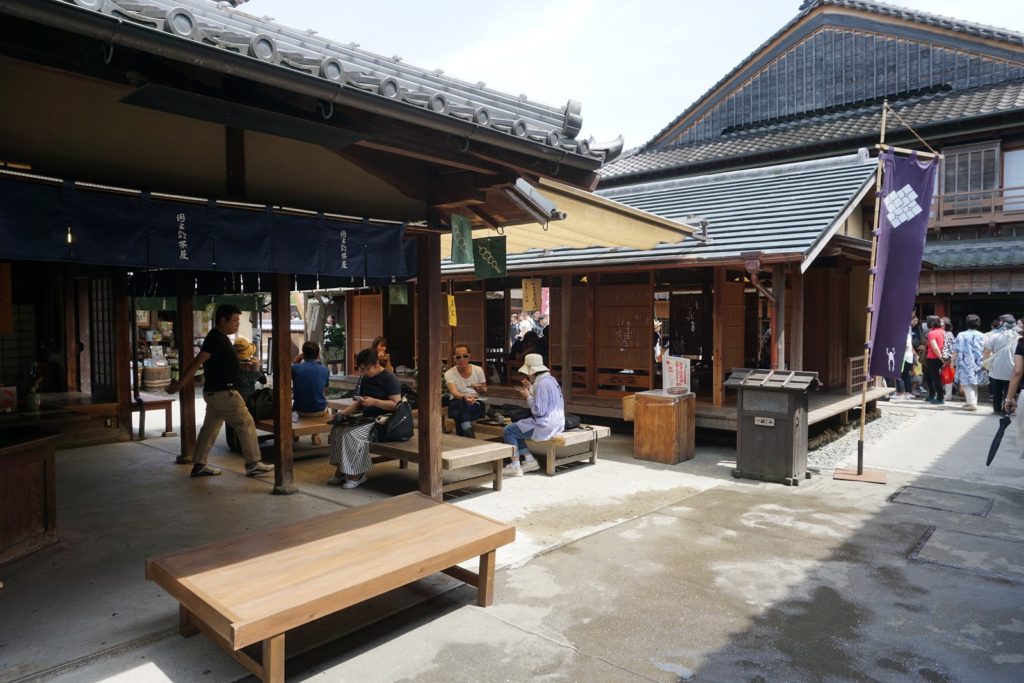
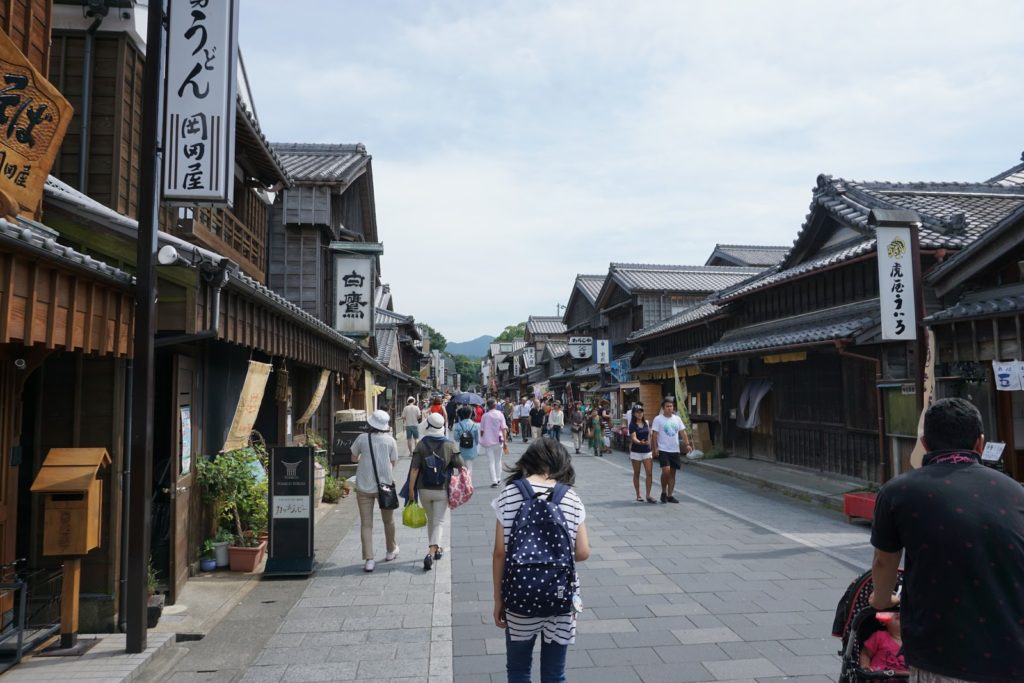
Finished off our visit with lunch at one of the restaurants. Iseyaki udon (very soft – almost too soft noodle) and Ise pork katsu (also relatively soft). Other popular Ise area foods are lobster, shellfish, beef, and fishcakes and most of all sweets… especially the an paste like mochi dessert (akafuku).
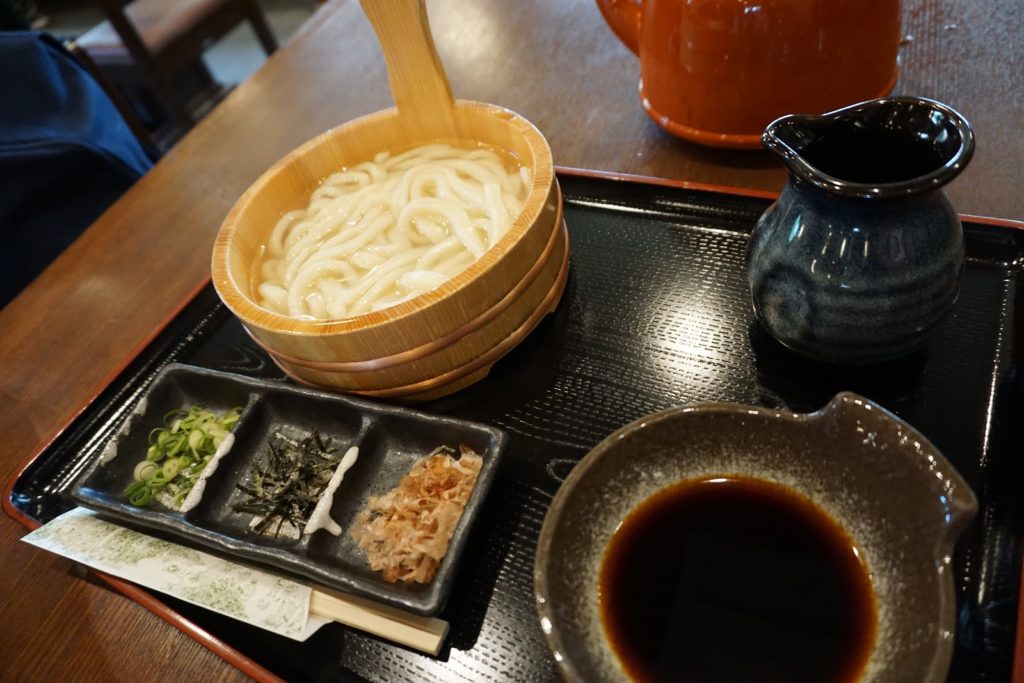

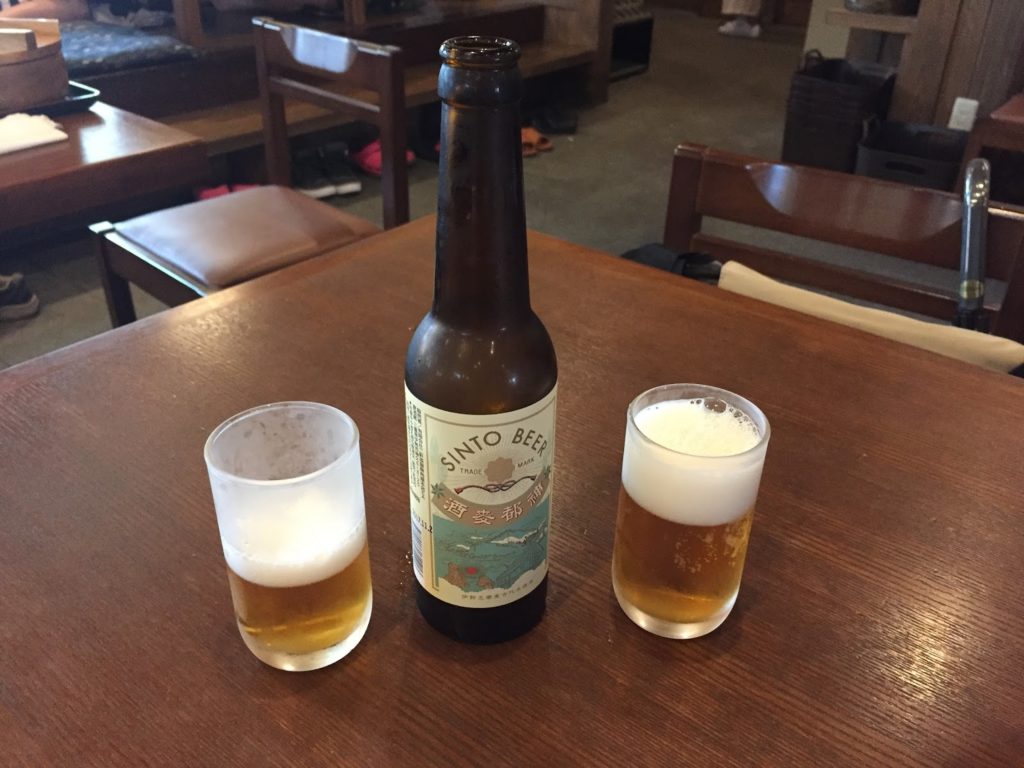
Caught the bus back to Isuzugawa Station, then took the train back to Toba. Walked w/ Marie around station shops, bought the usual Rilakkuma keychain (every trip together so far I think). Dropped things off at the hotel, then went back down to get shave ice again next door. SOOO GOOD the shave ice and washing it down with warm tea after goes so well with it. Hotel room was already set up for 2 so that was good. I had to make two separate reservations since number of people changed and had wanted to stay in the same room… my broken nihongo was enough to be understood at least hehe. Finally, dinner at a nearby restaurant in town.
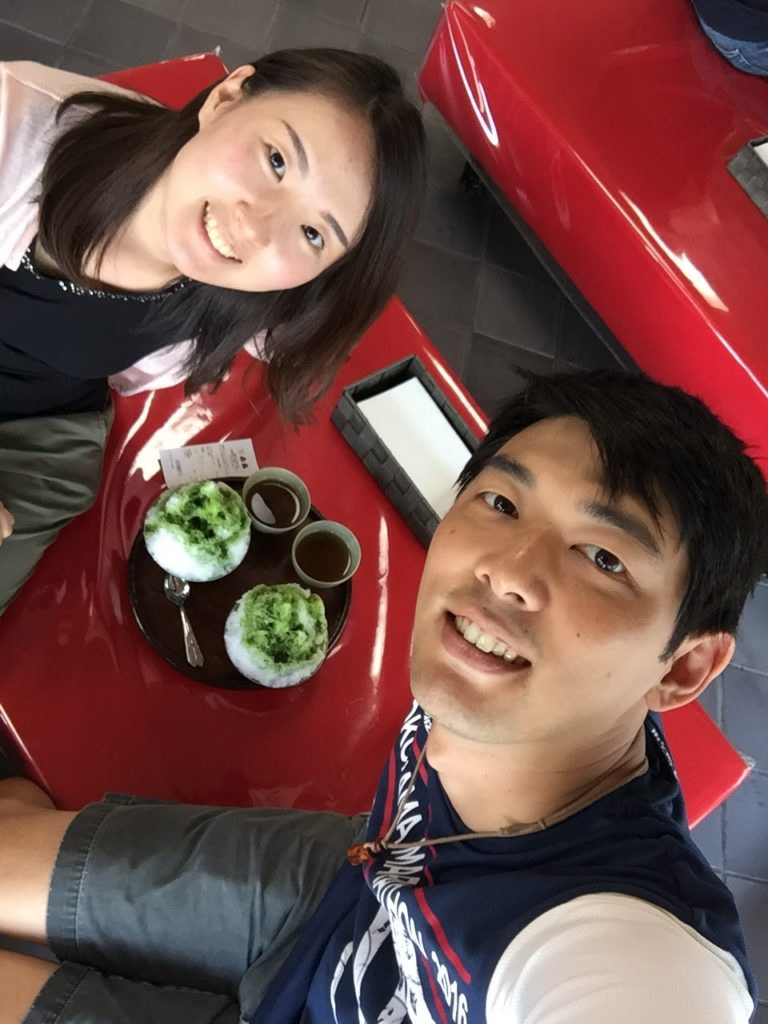
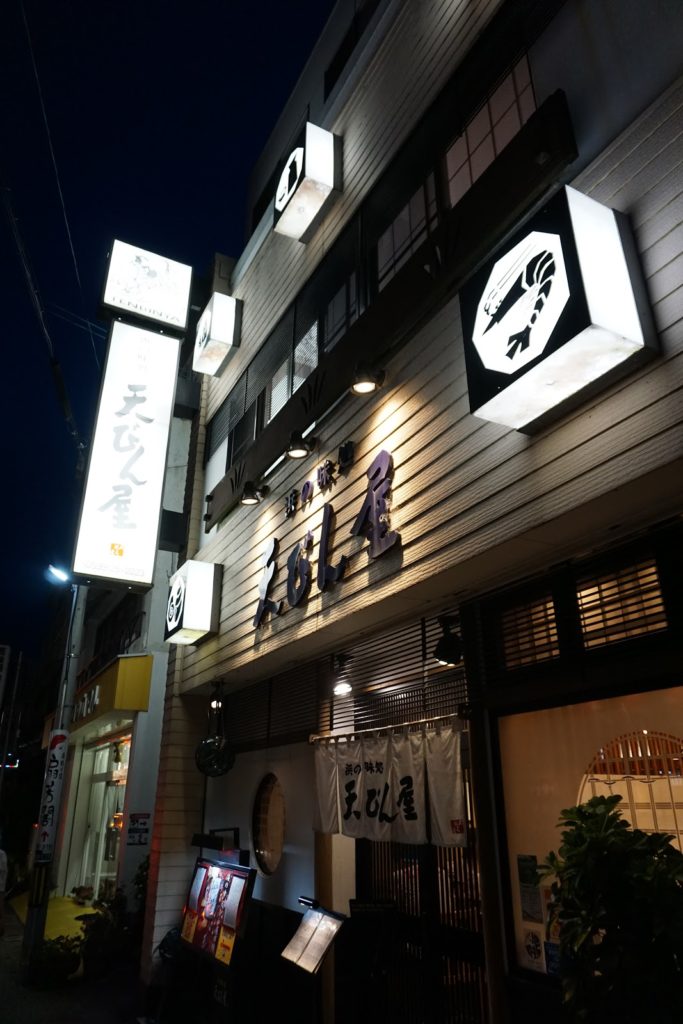

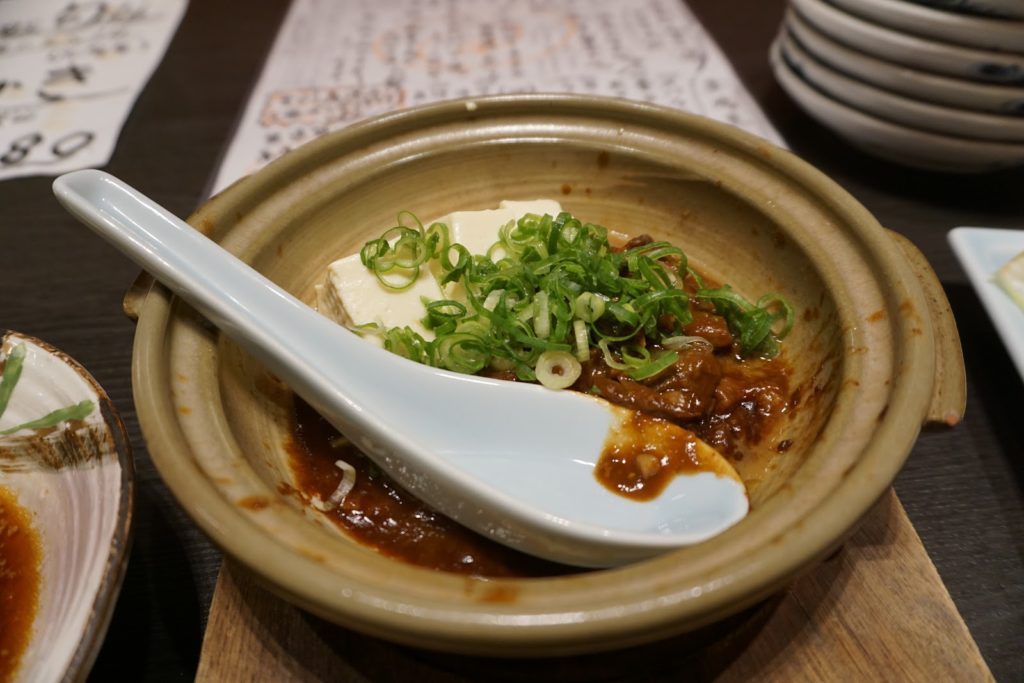
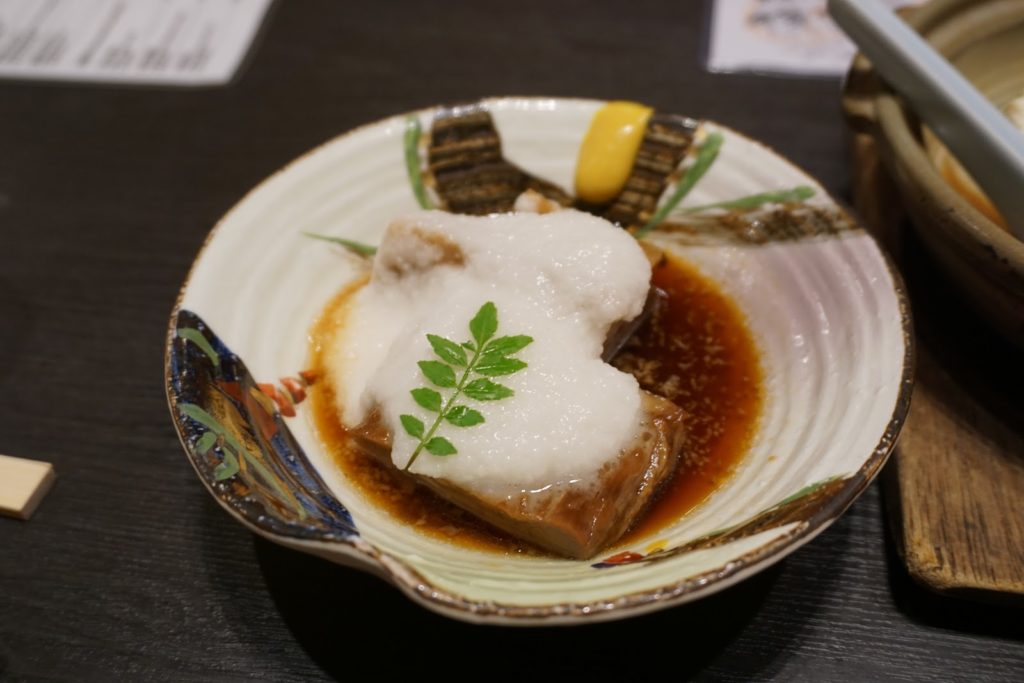



Final Day 9 - Toba
Breakfast in the room again, little earlier than requested. Eggs were cooked and no fish this time. Checked out at about 9 and went to Toba station to put our big bags in a locker. Walked to Mikimoto Pearl Factory and got there just in time to catch the 0920 women diver show. Interesting fact… they do an “Ise Whistle” to help relieve pressure when free diving.
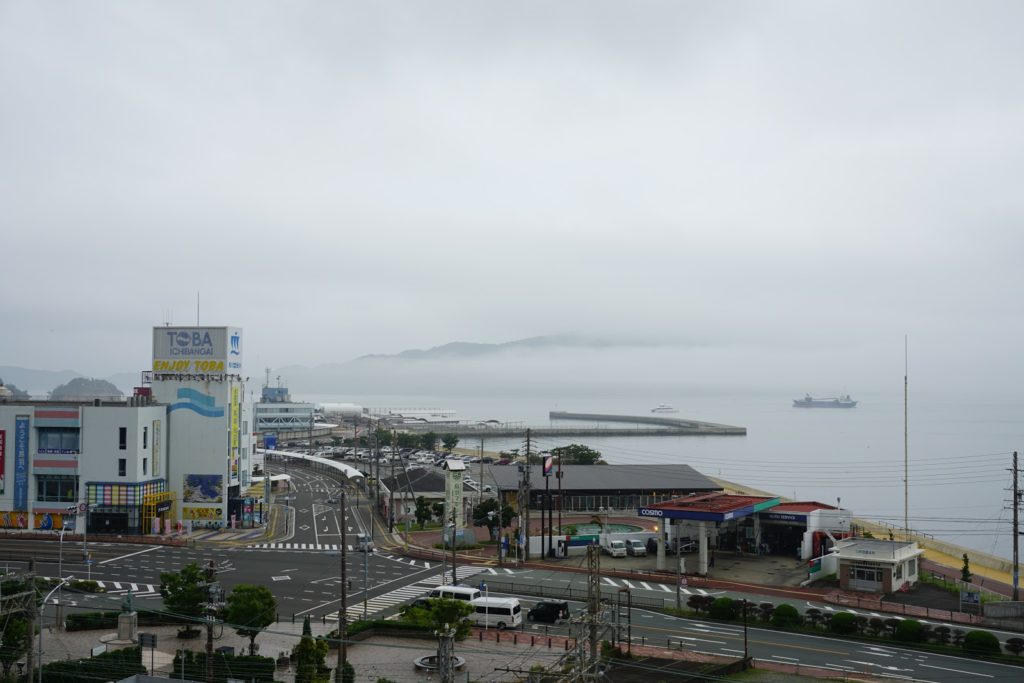
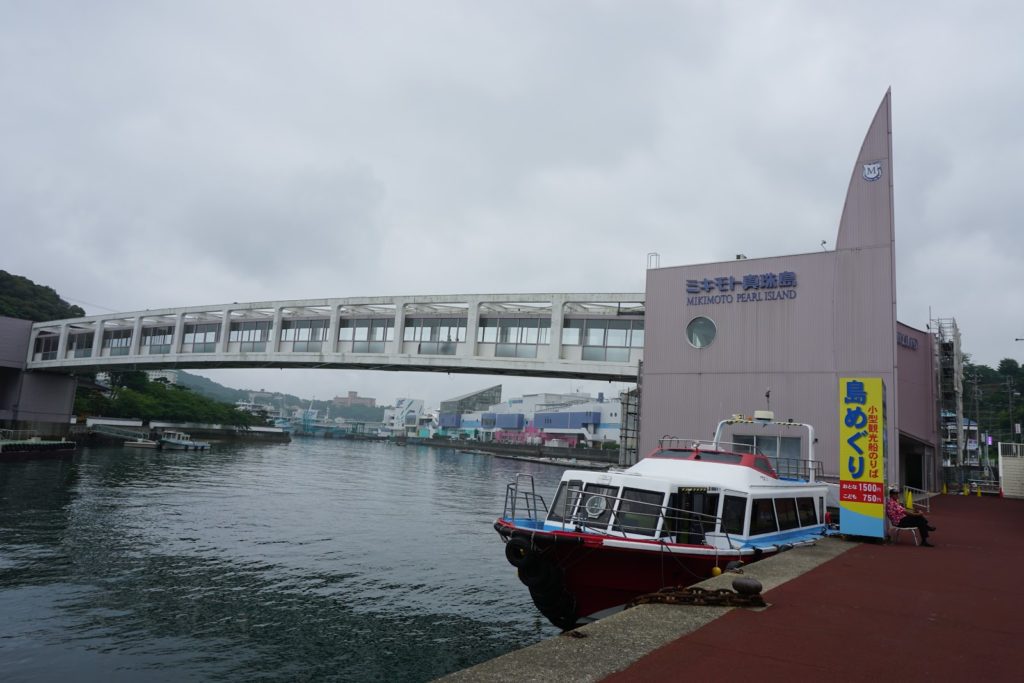
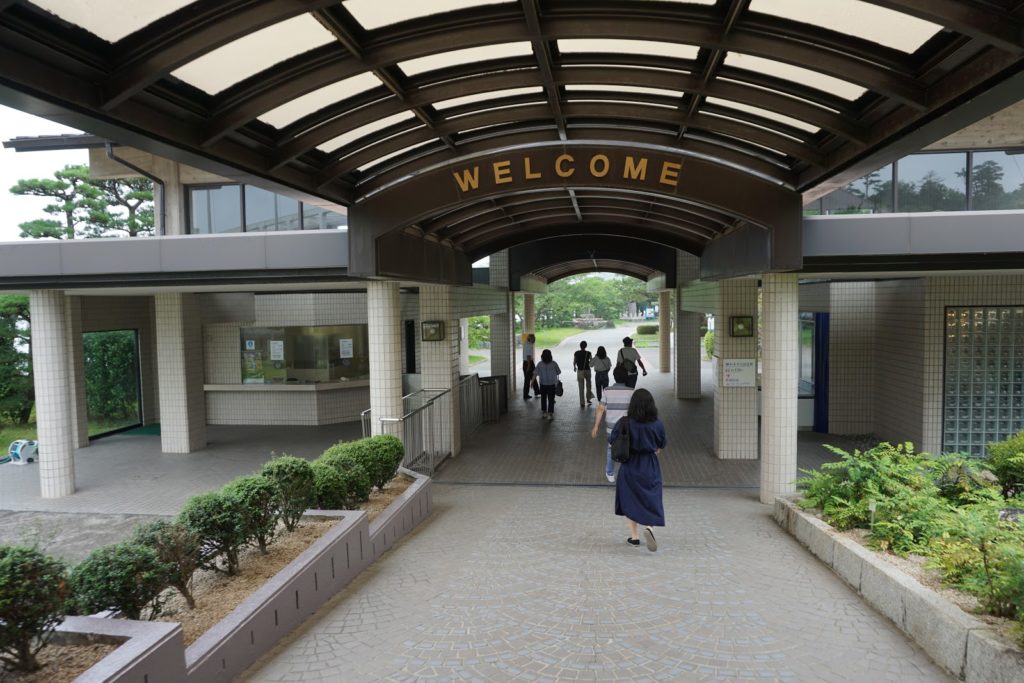


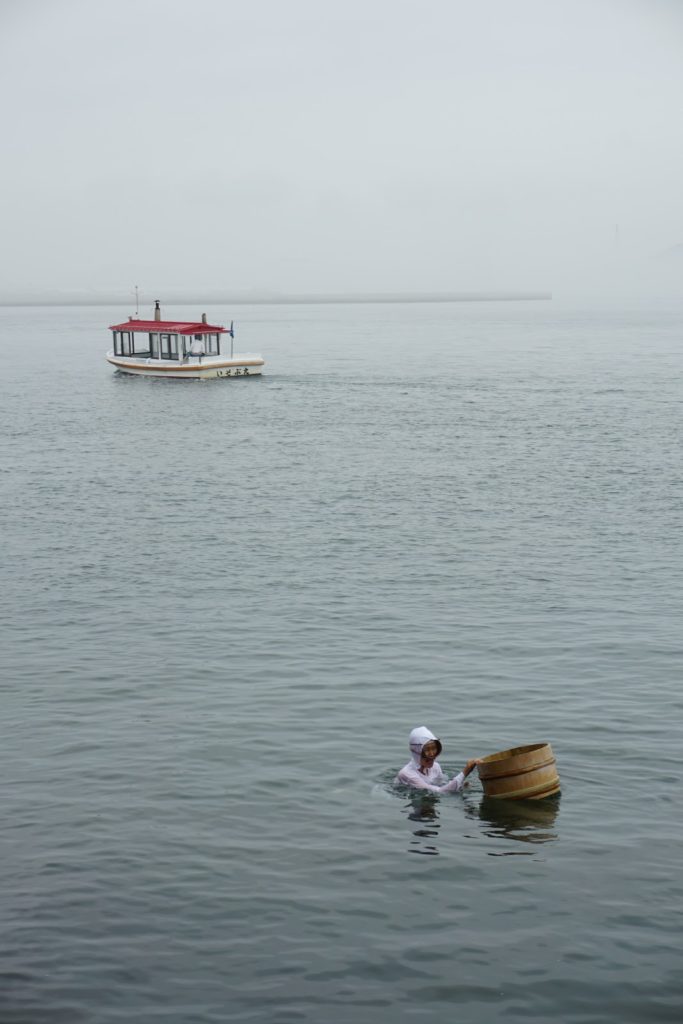
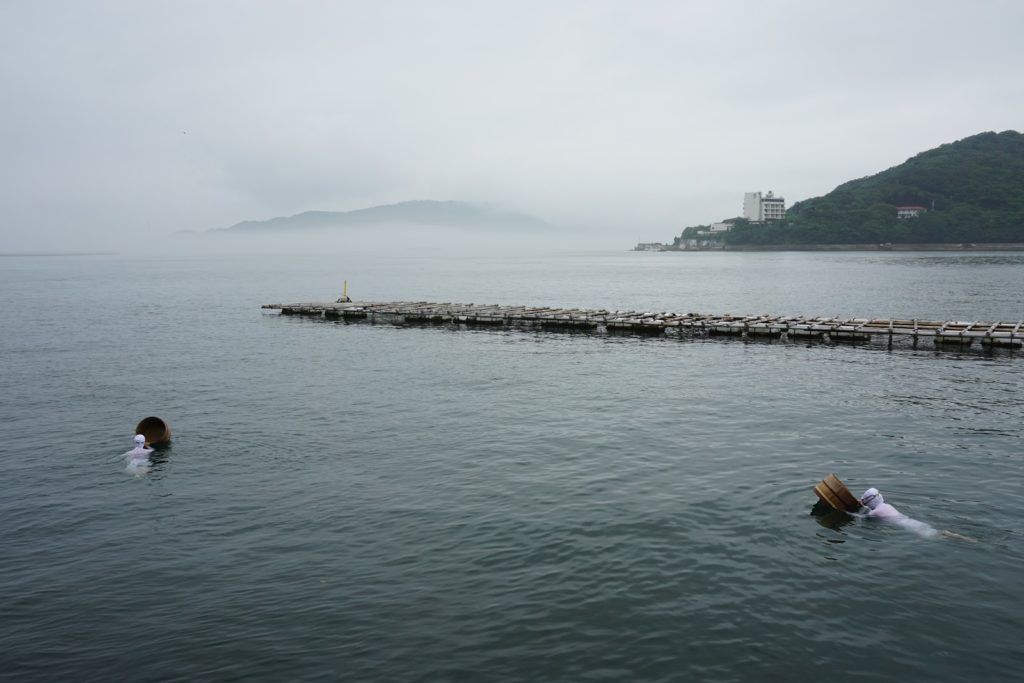
For those who like pearls, Toba is the hometown of Mikimoto Kokichi, the man behind the first cultured pearls and where he started his business from the bottom up. Entrance to the island was ¥1500/person. In the main building, there were 3 parts: museum, shop, and memorial hall. Since it is the original location of Mikimoto, they do sell some unique jewelry here that can only be found in Toba *wink wink* All of the buildings had a good amount of English and it was actually interesting to learn about the history of Mikimoto and how pearls are formed.

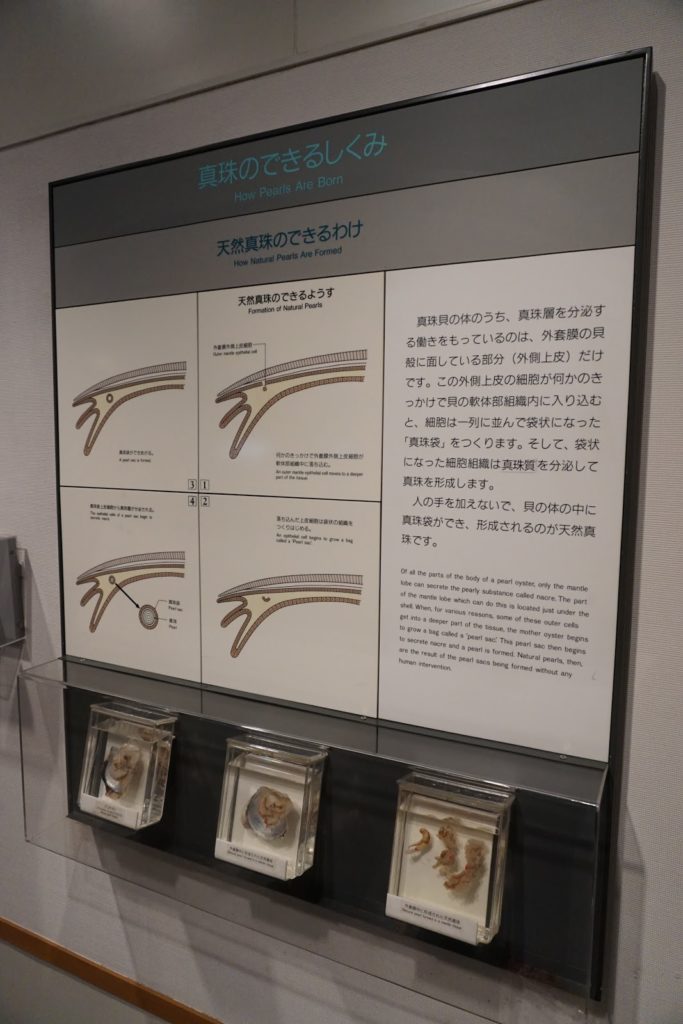
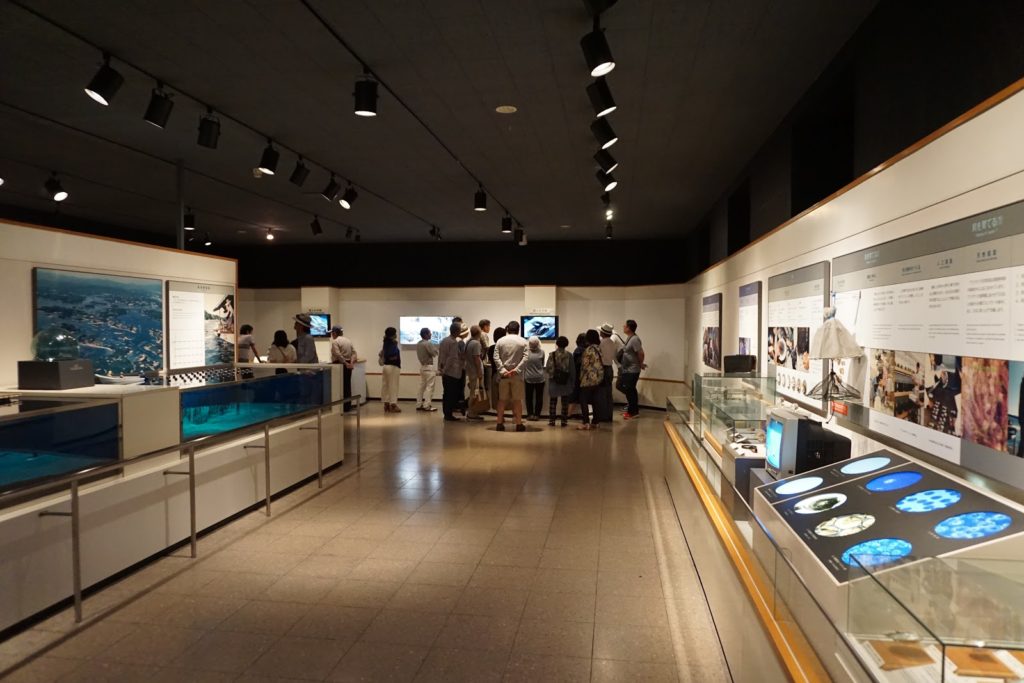
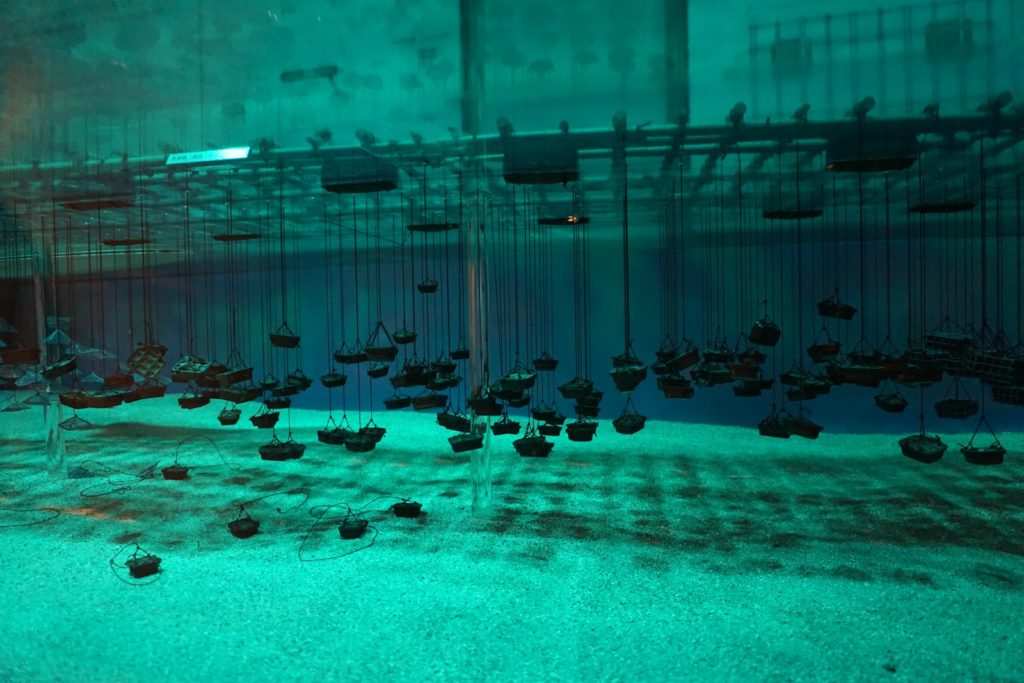
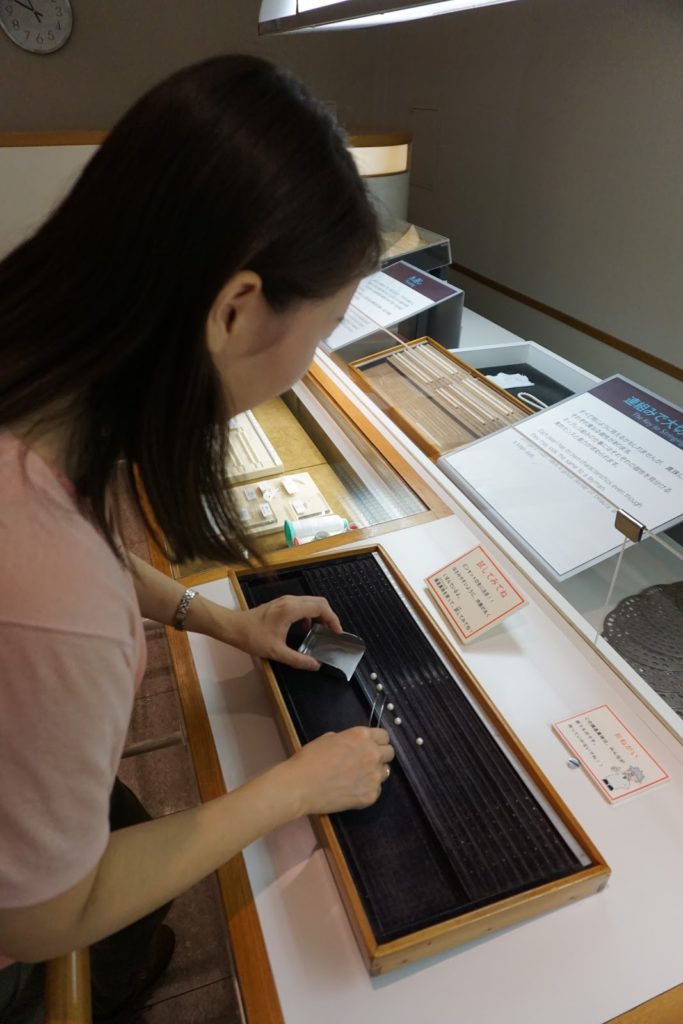
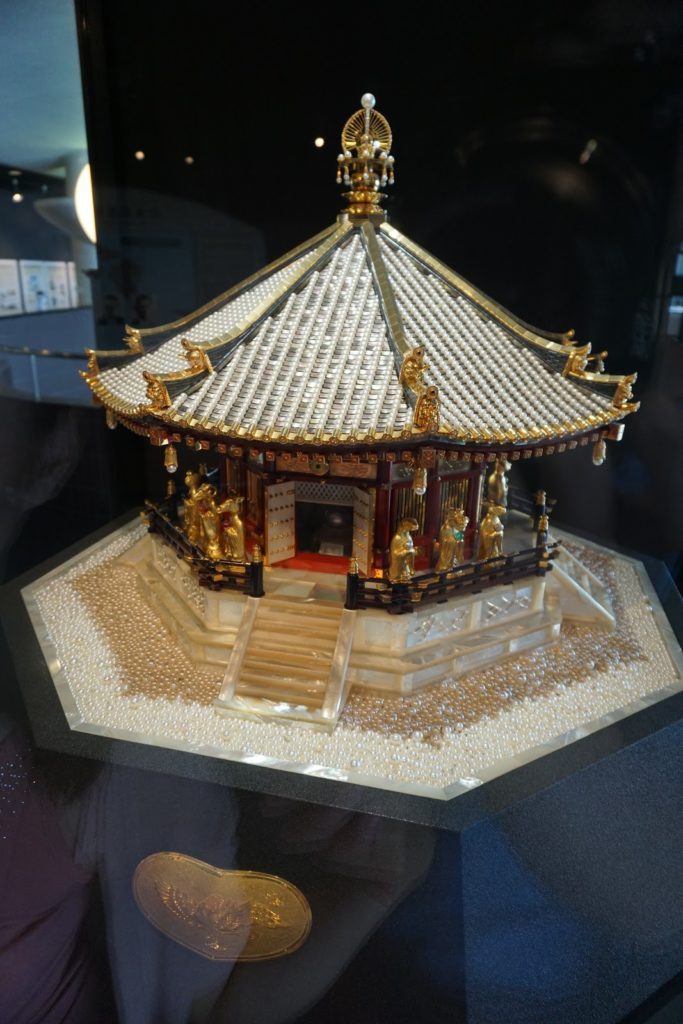


After Mikimoto, we walked on over to Toba Aquarium… it was a super humid day with little wind. The aquarium seemed a little expensive (¥2500/person) but overall it was pretty good. Only place in Japan to see a dugong which I didn’t even know was a real thing (pokemon?) . Per Wikipedia, only 3 other places in the world have a dugong in captivity, 1 in Indonesia and 2 in Sydney, Australia. They also had some other unique things there too and they claim to have the most numerous species in Japan which I think I believe. Overall, I think it was one of the better aquariums I’ve been to.
Aquarium Info:
http://www.aquarium.co.jp/
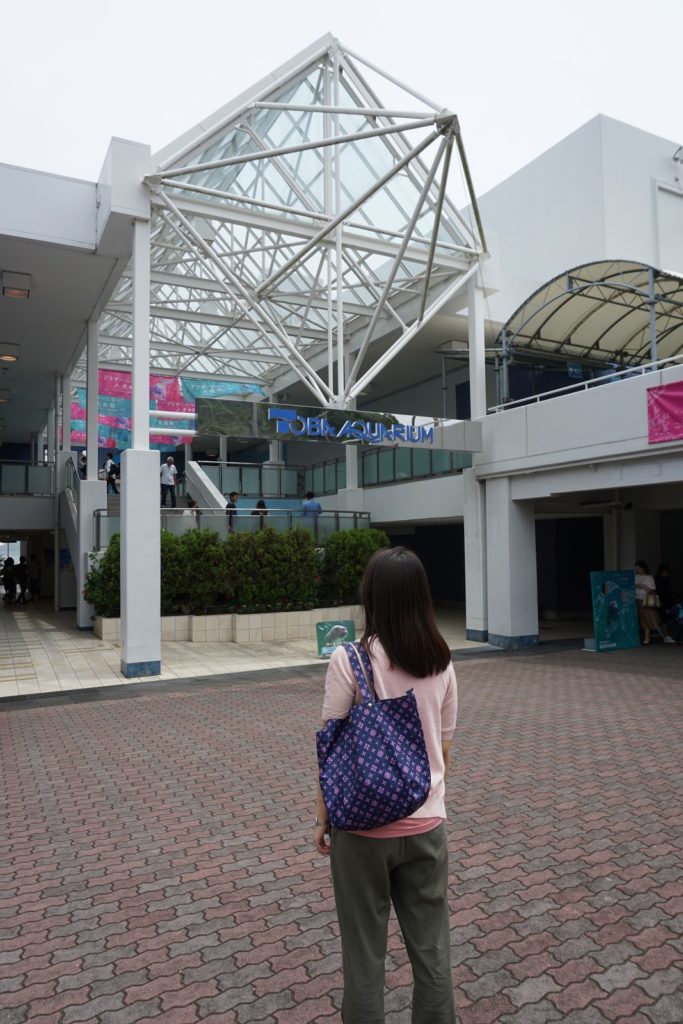

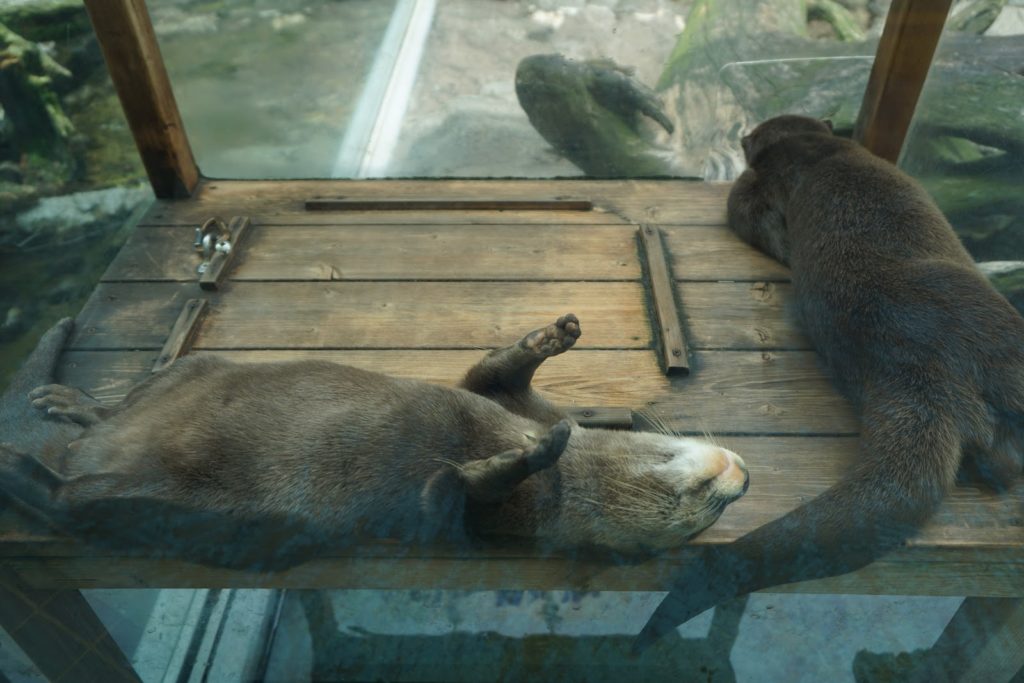
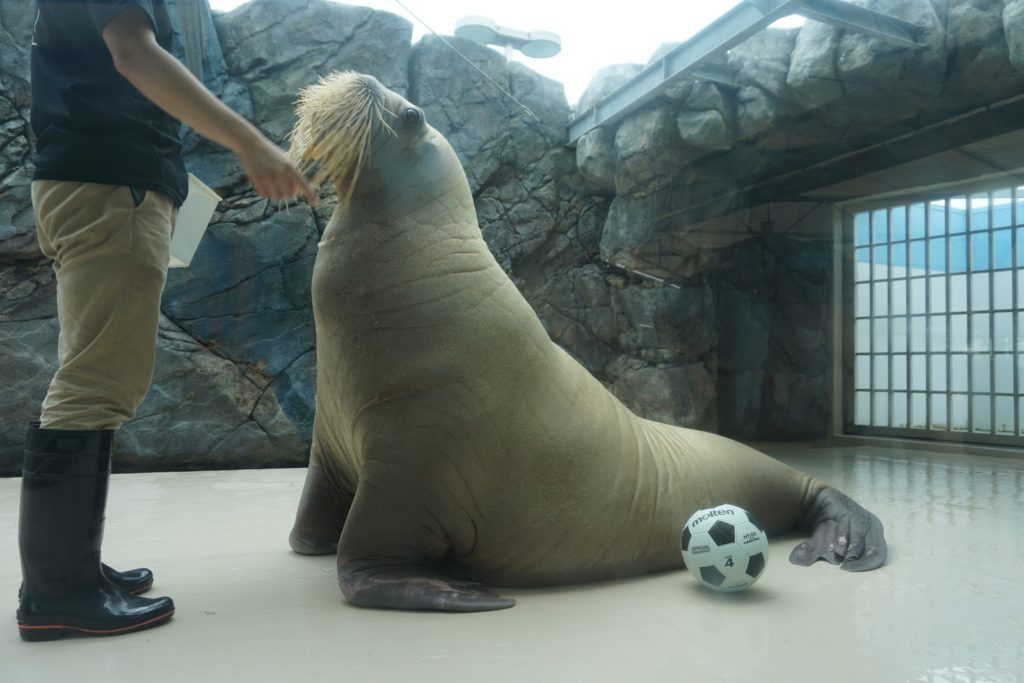

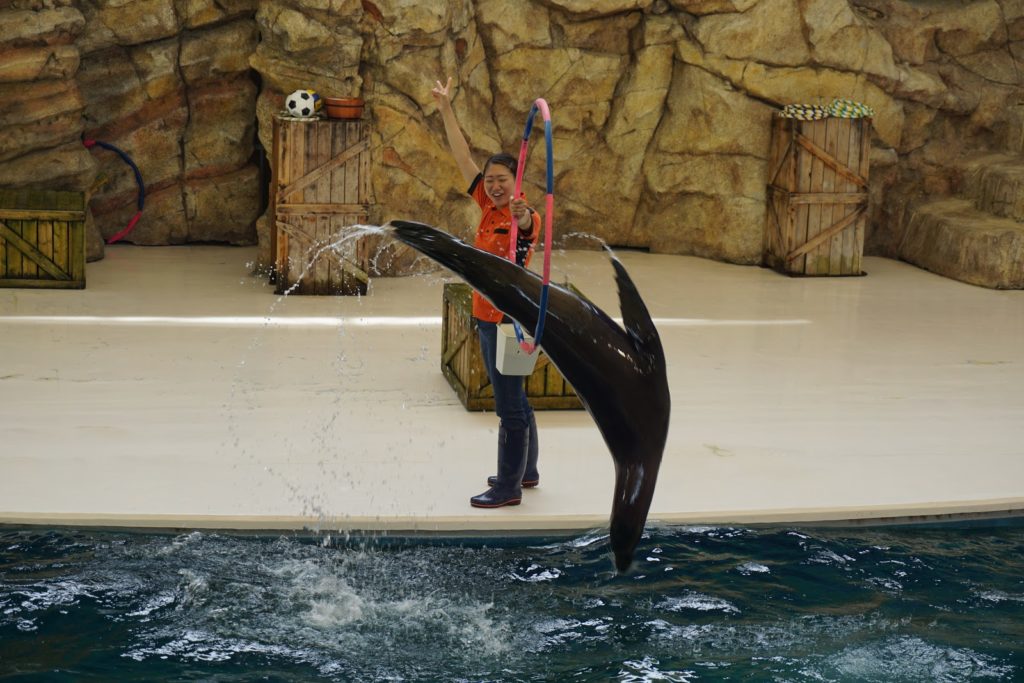

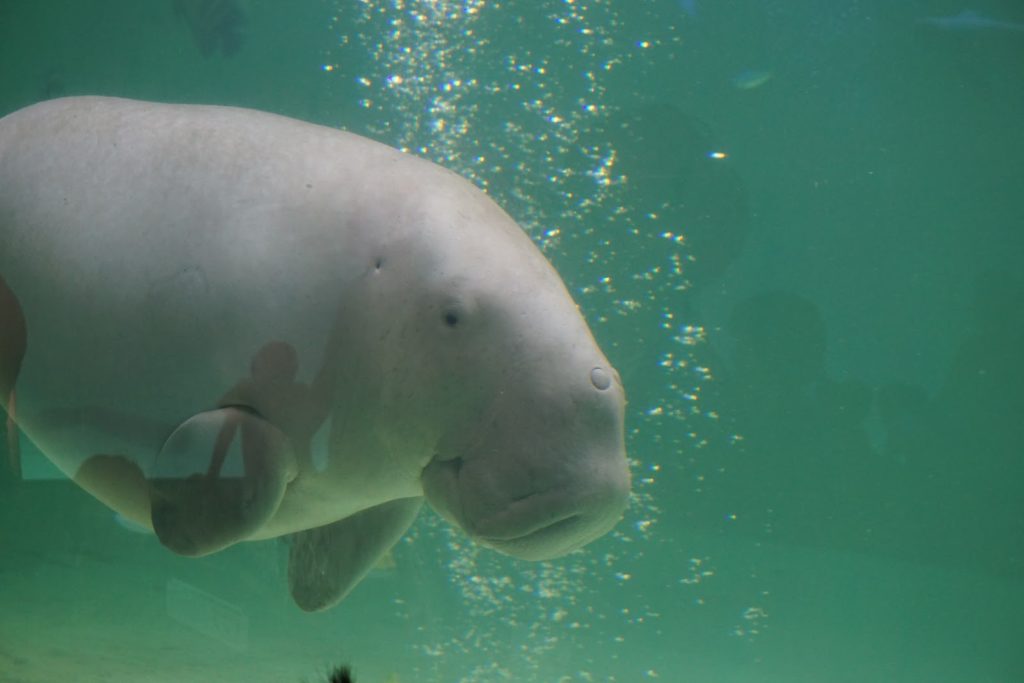


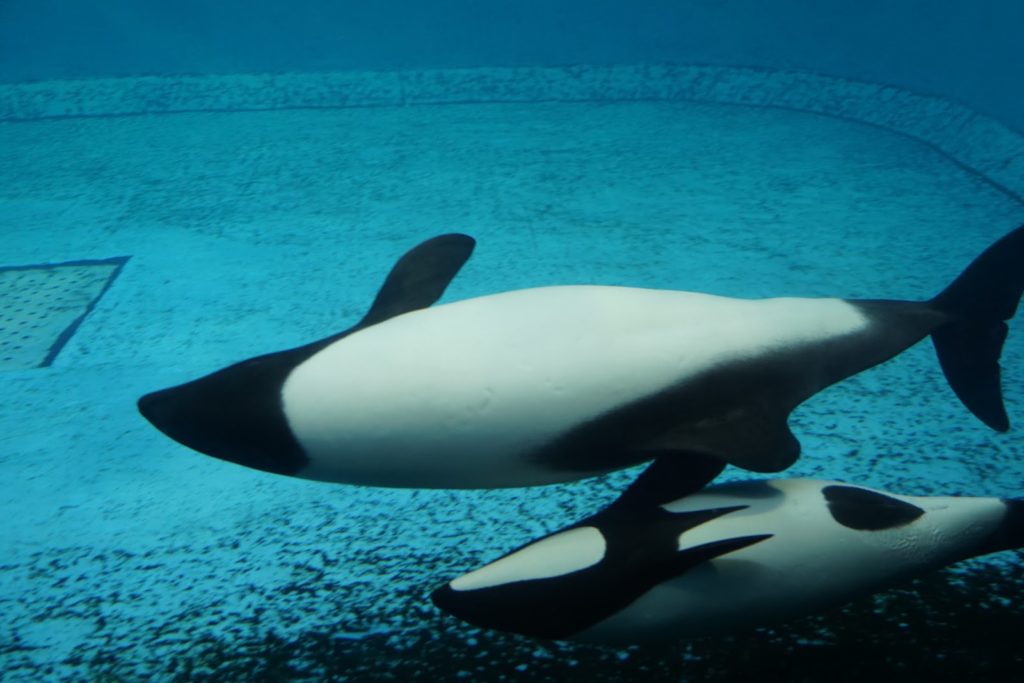
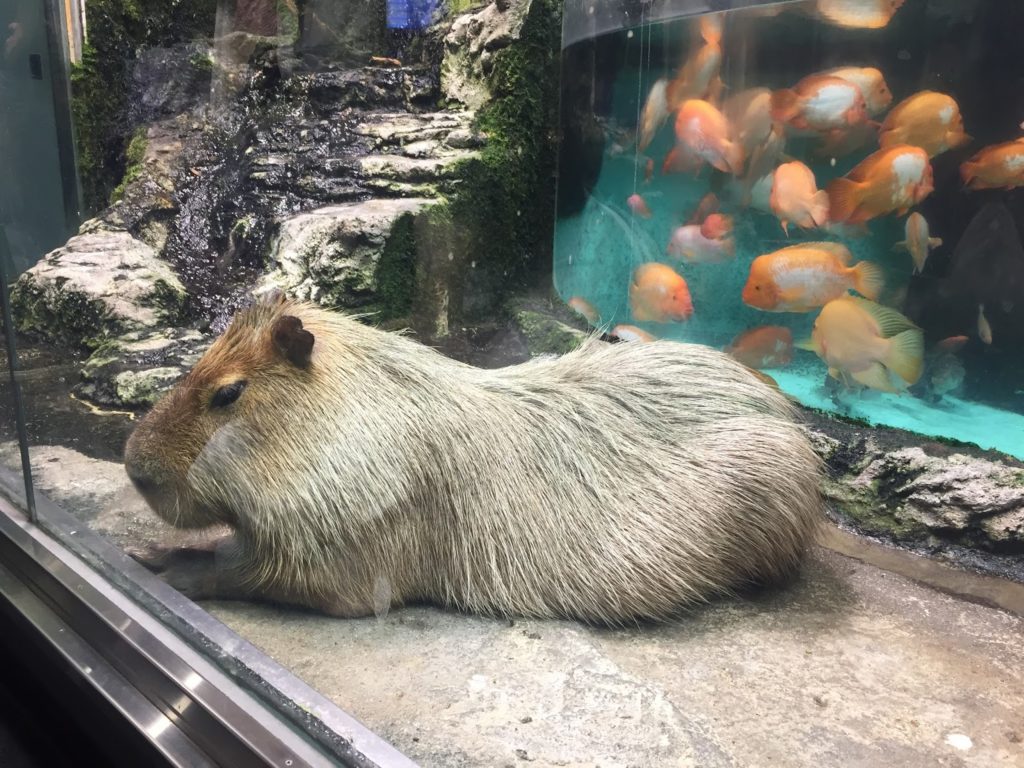
Afterwards, got akafuku shave ice one more time on the way to station (3 times in 3 days.. THE BEST! hehe). At the station, we weren’t that hungry so just bought more omiyage and jumped on the train quickly to Nagoya Station. Stopped to have dinner (just really crowded) on the 13th floor of one of the towers for miso katsu. Was really good and a nice change, then bought final ticket to come home (got lucky on the non-reserved car).

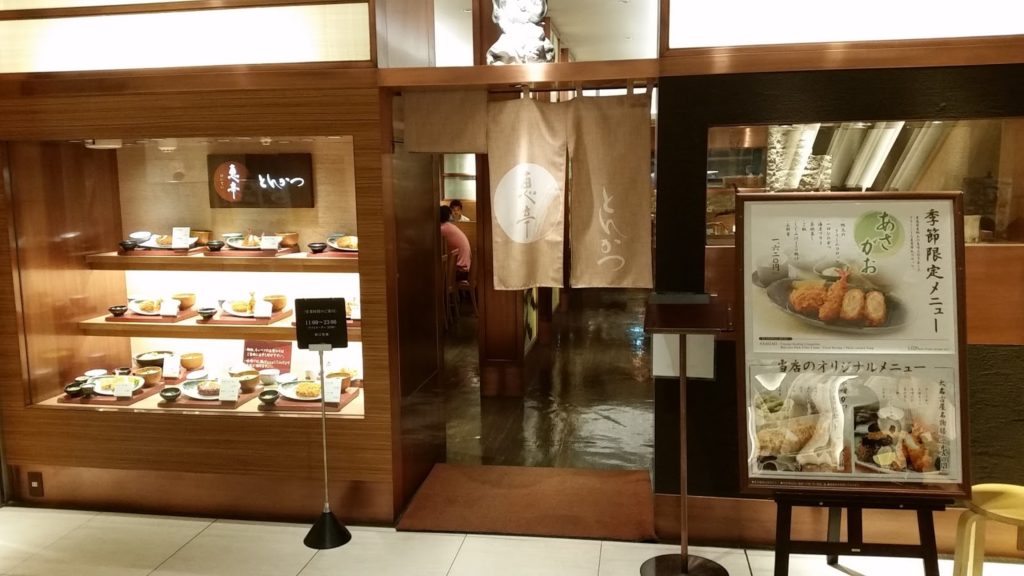

This concludes the Kumano Kodo/Toba/Ise series! What a long but memorable trip and it will forever remain one of my favorites in Japan!